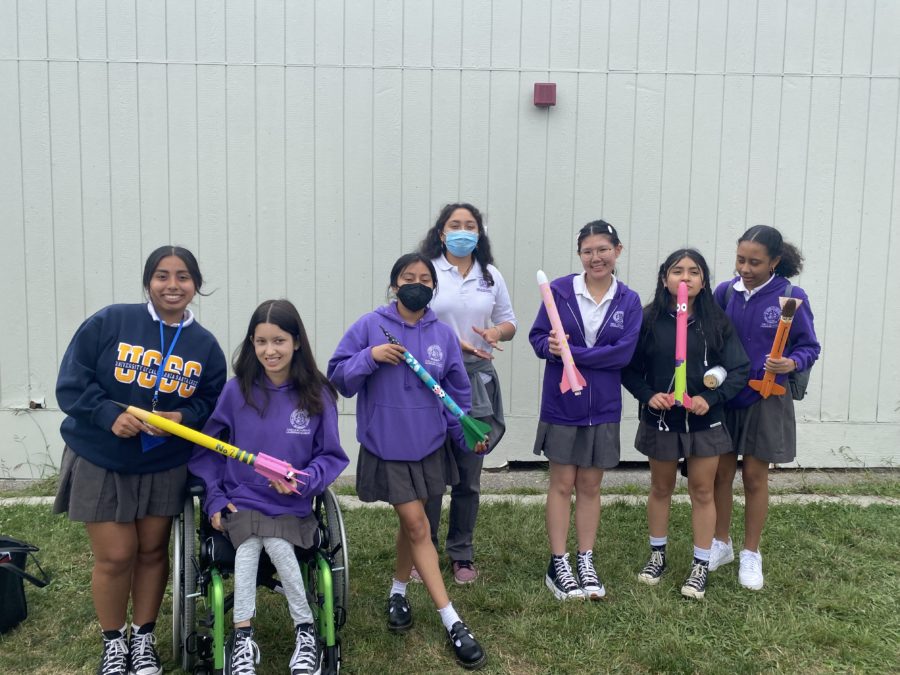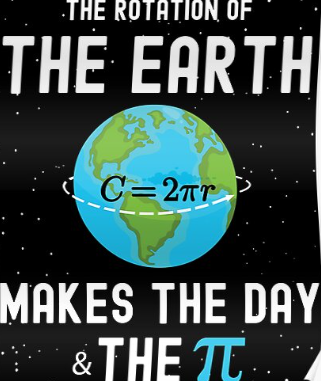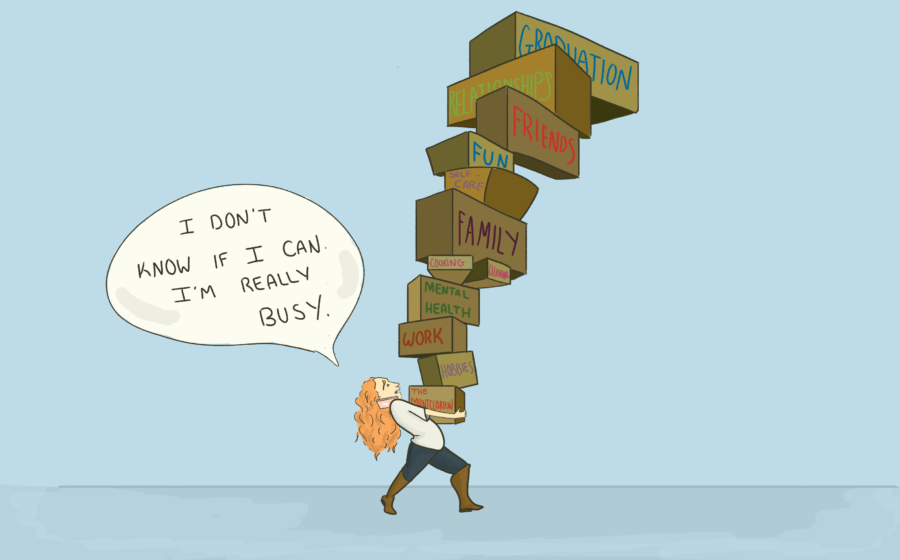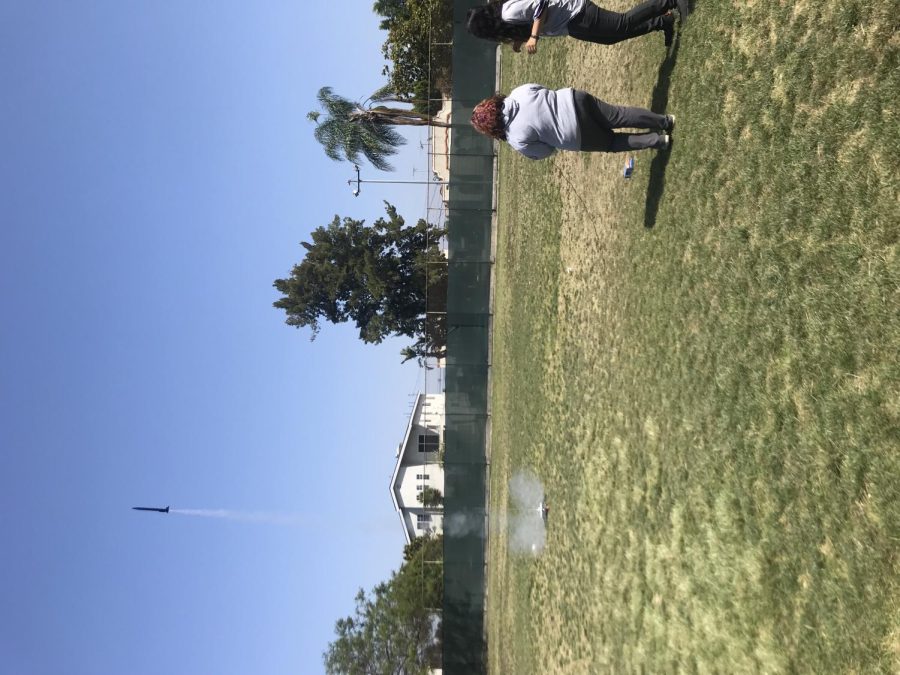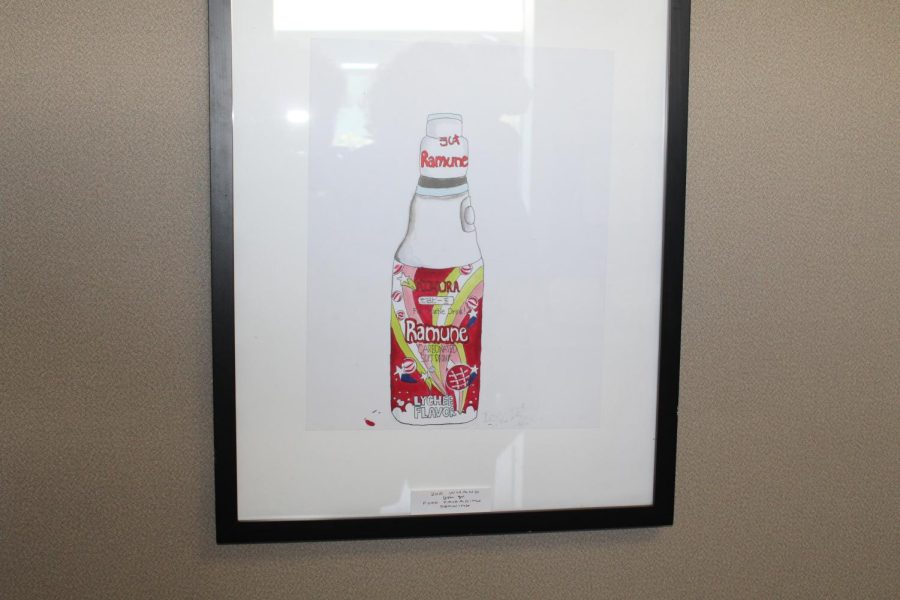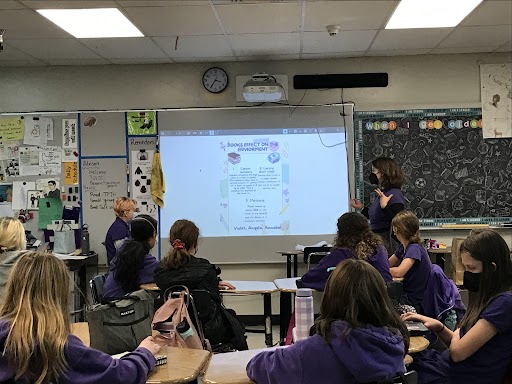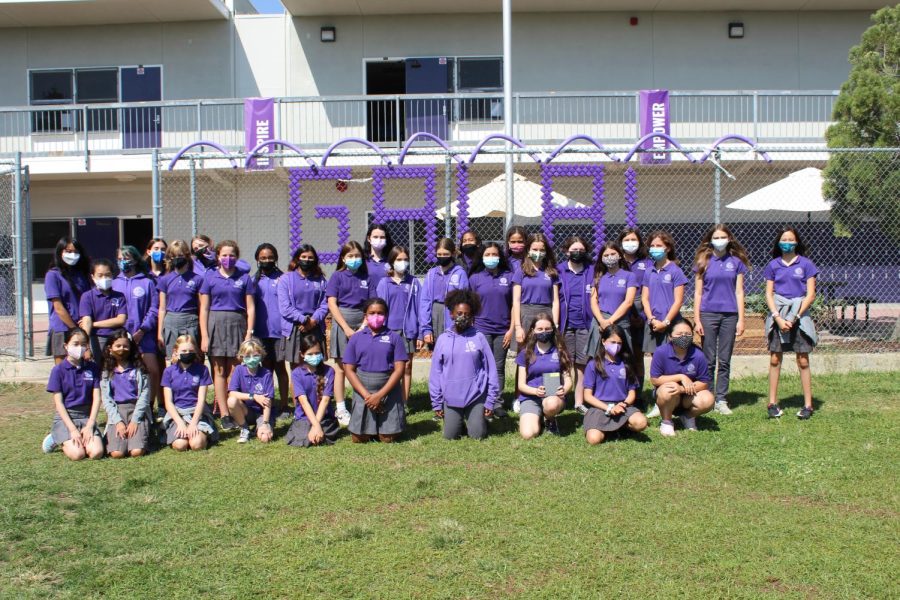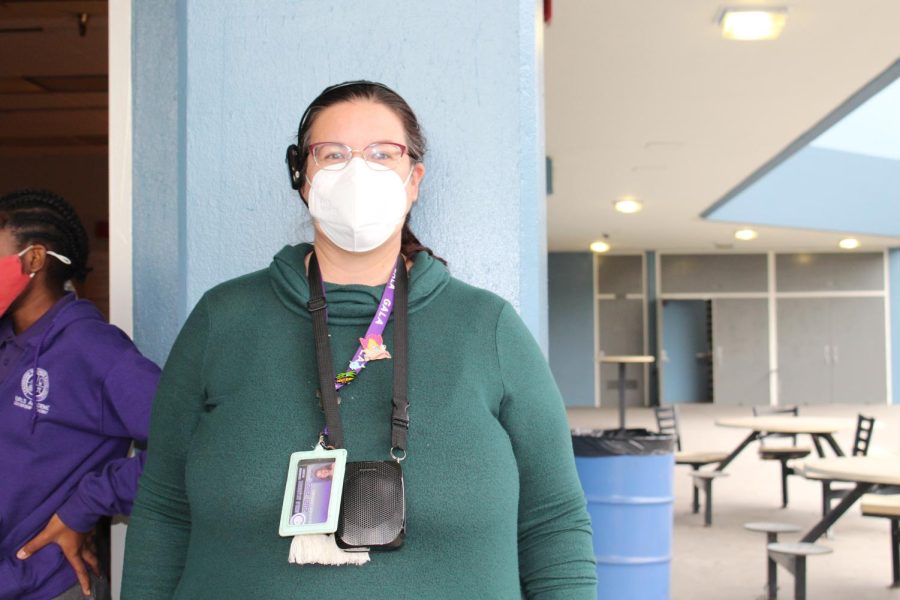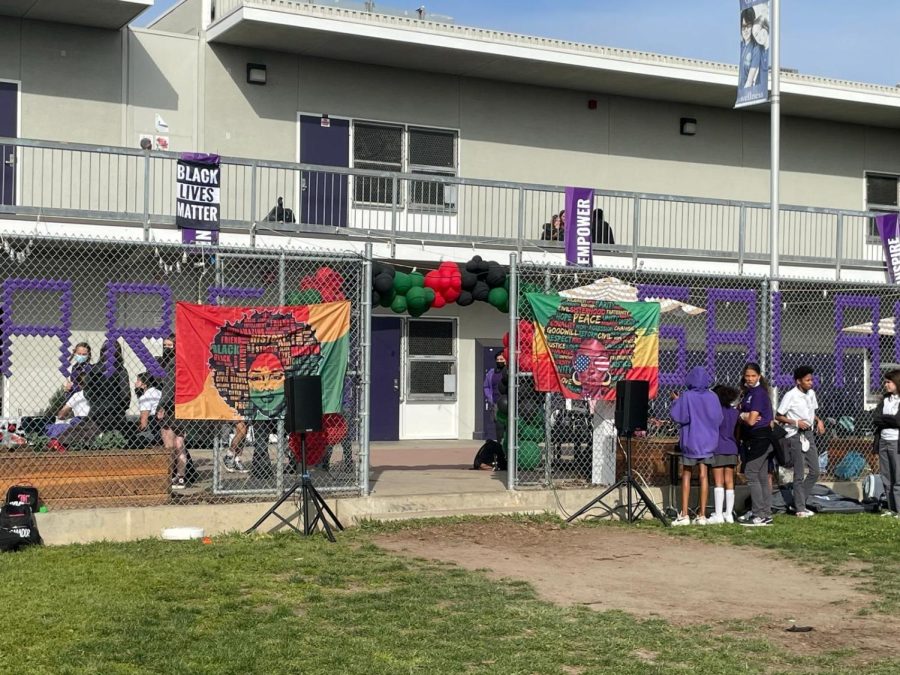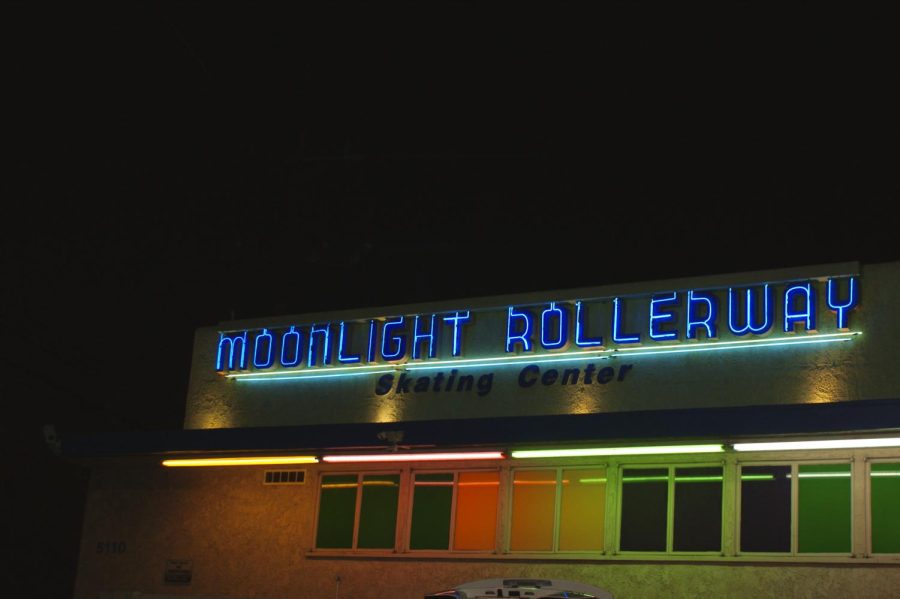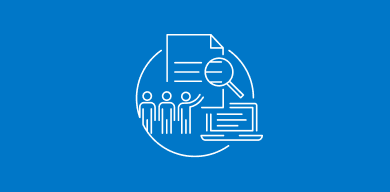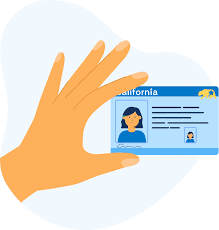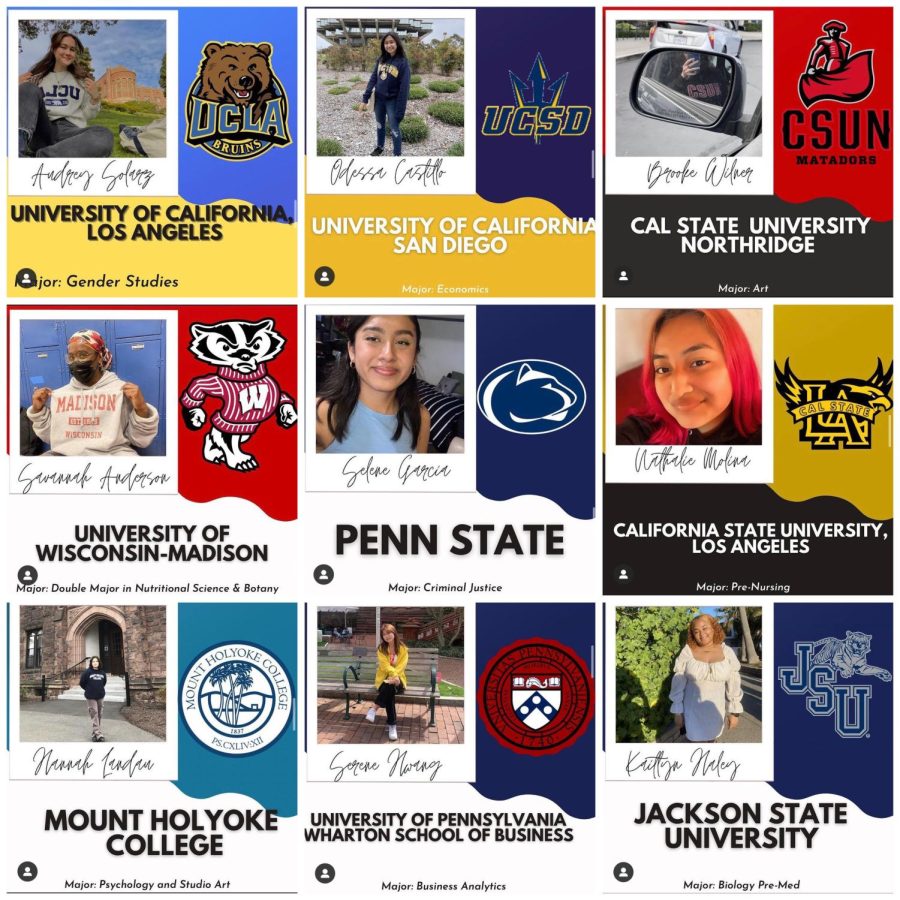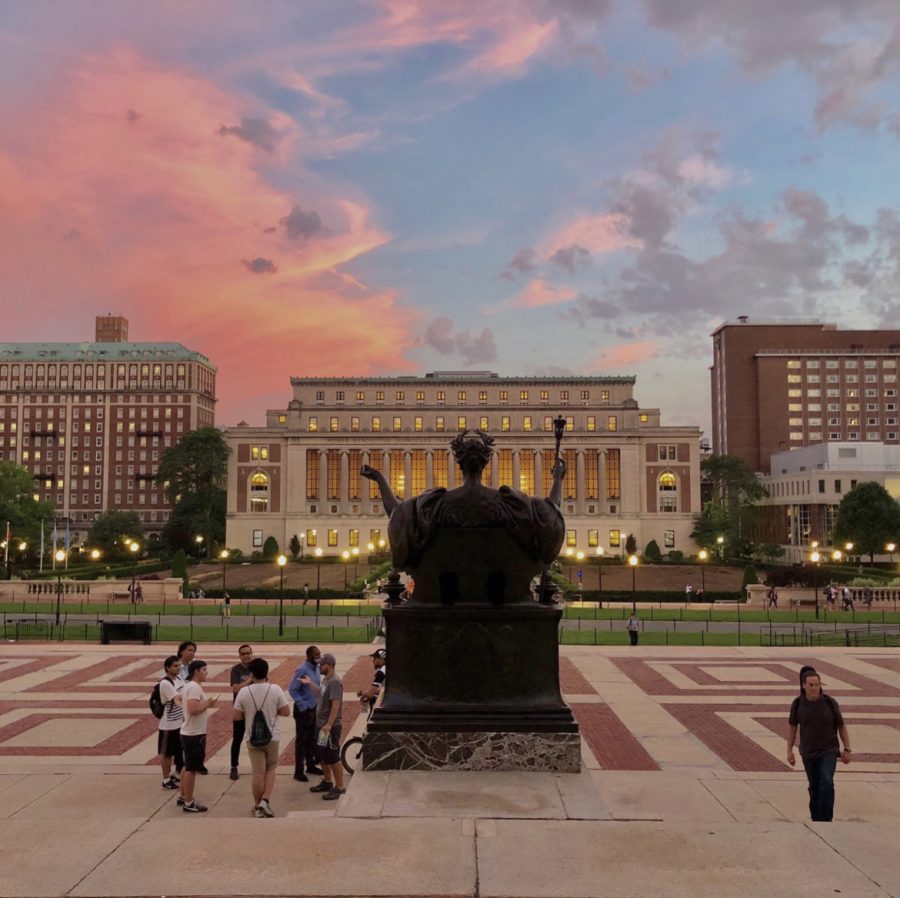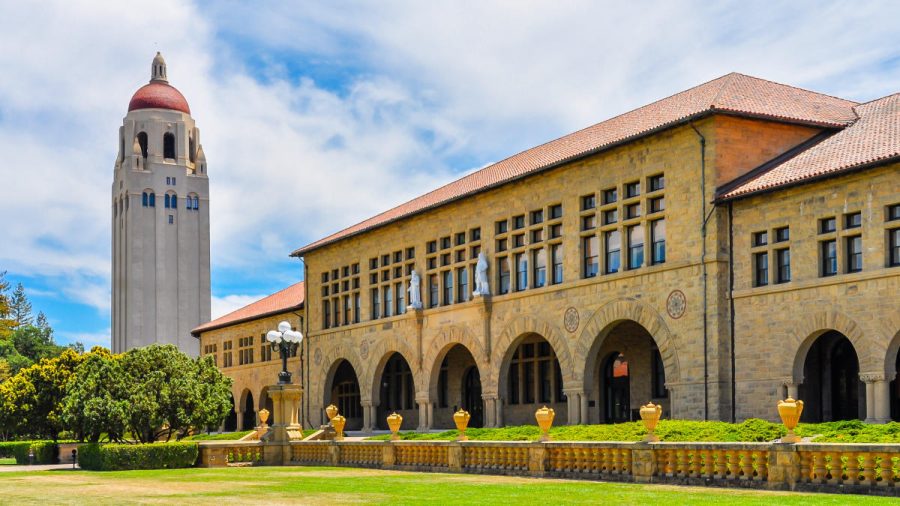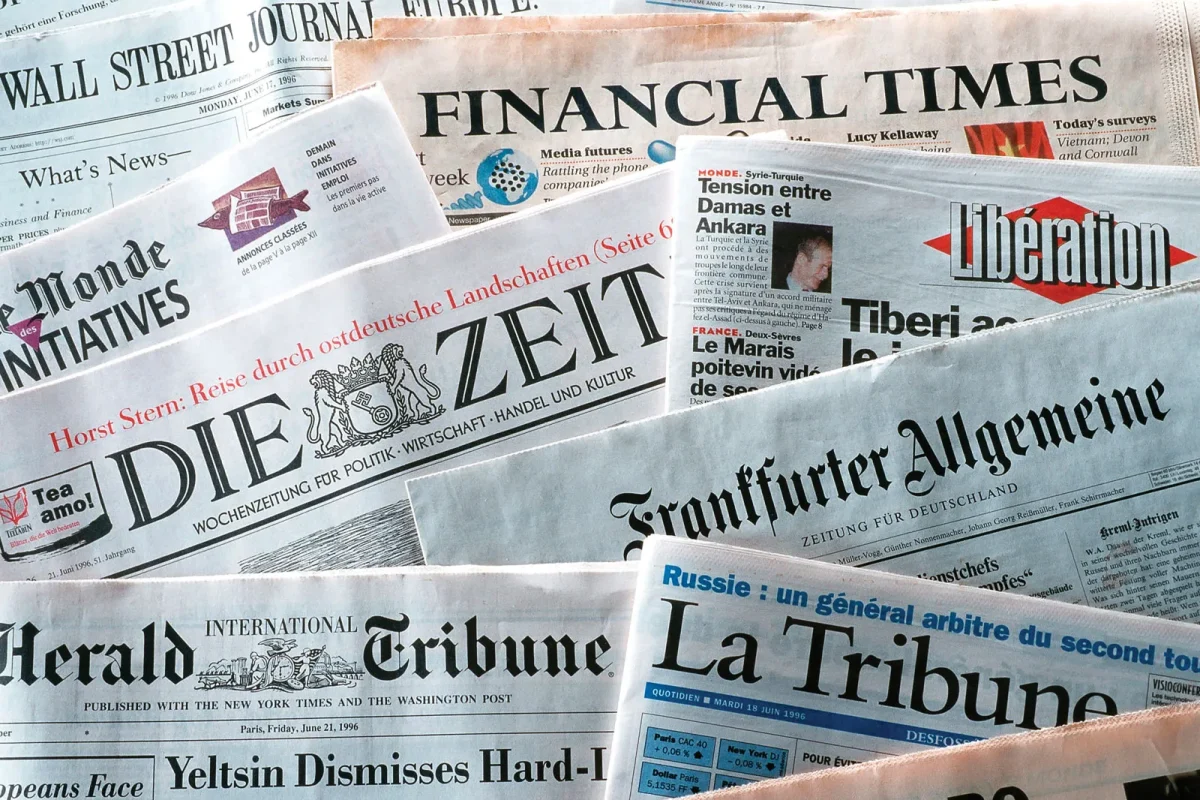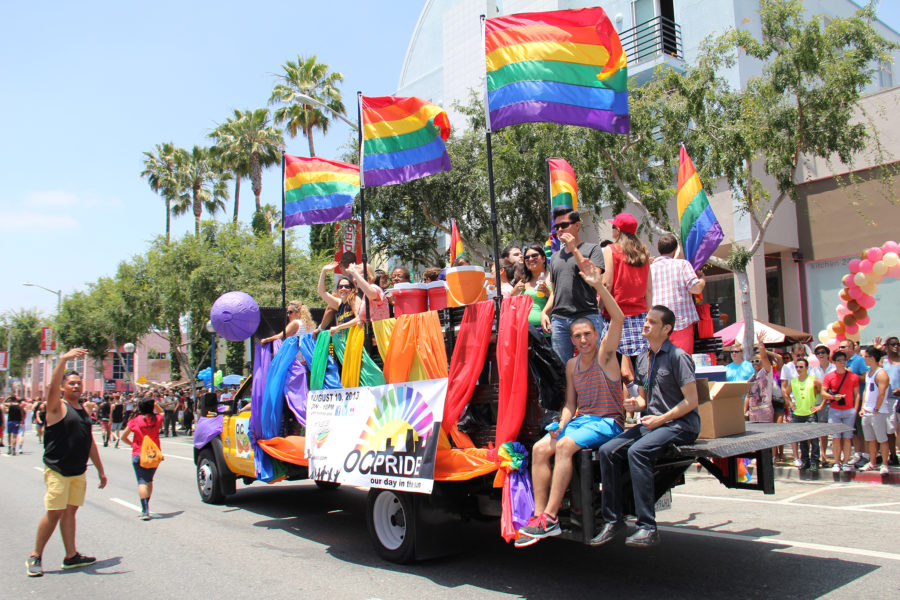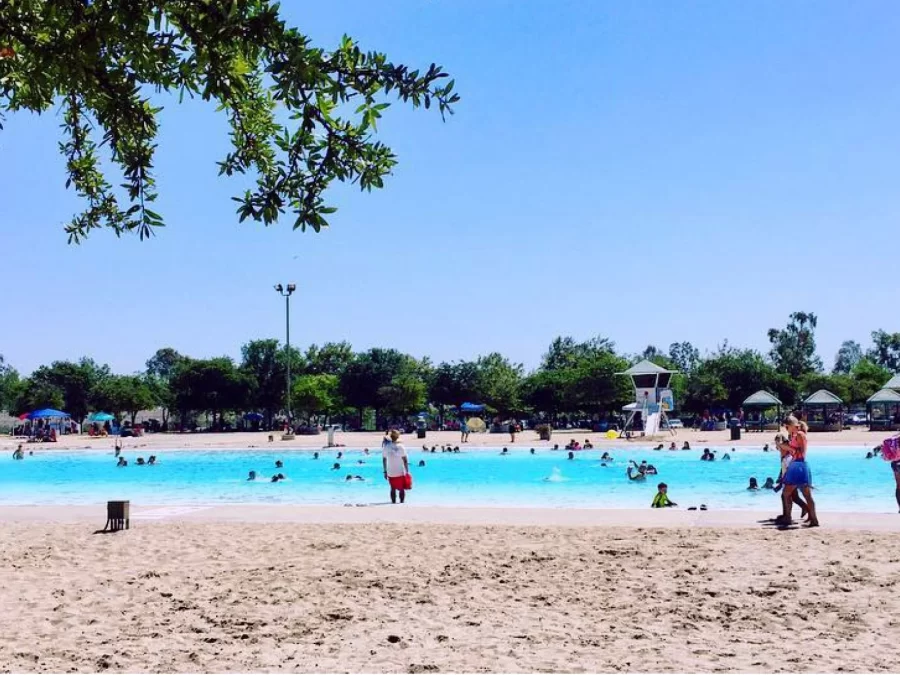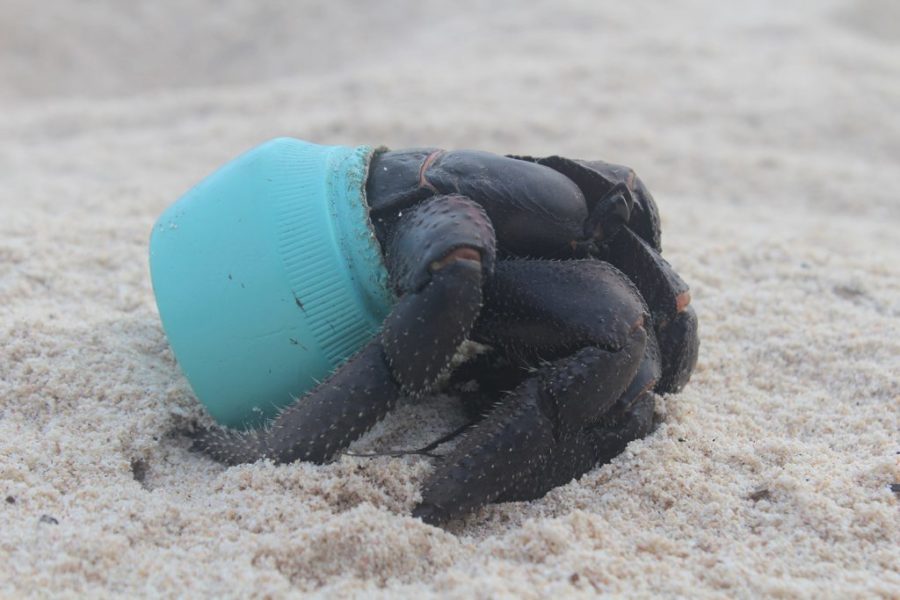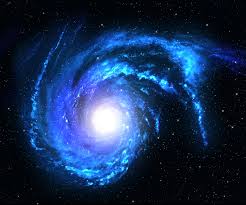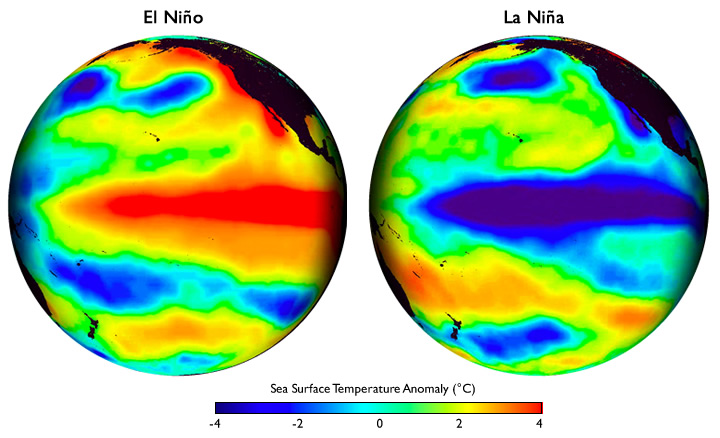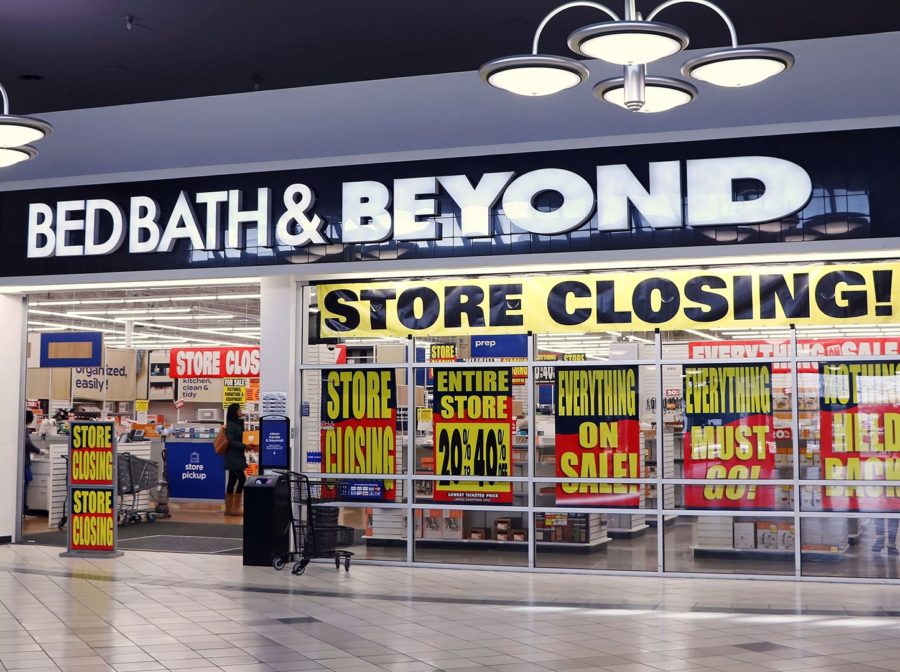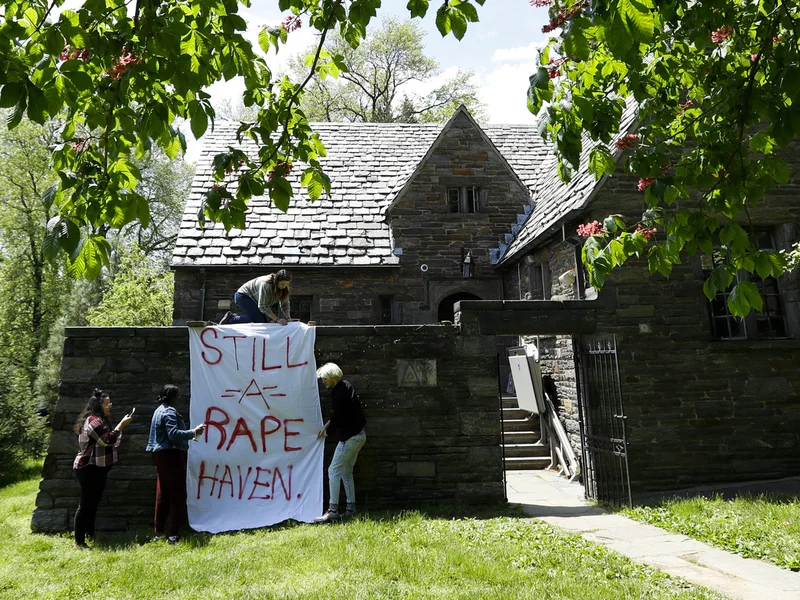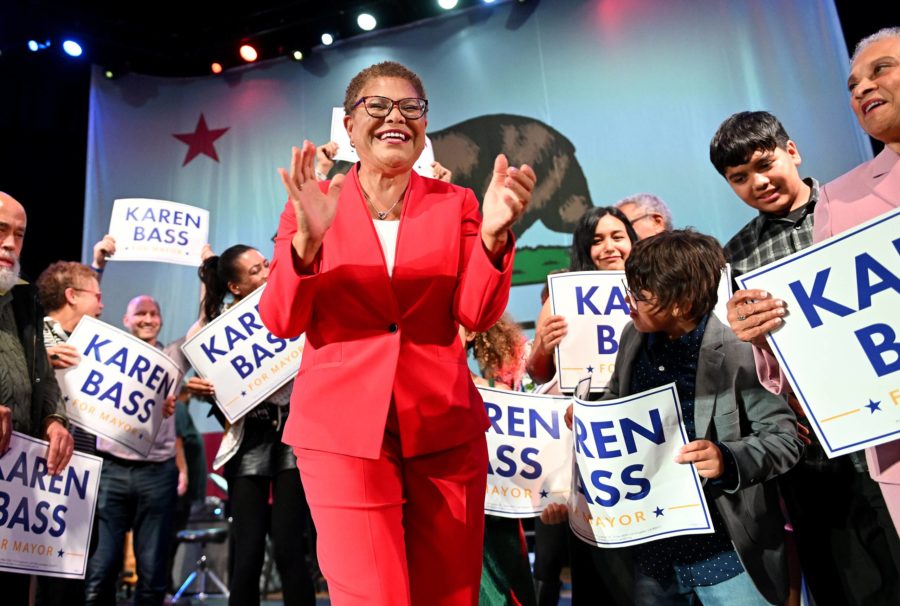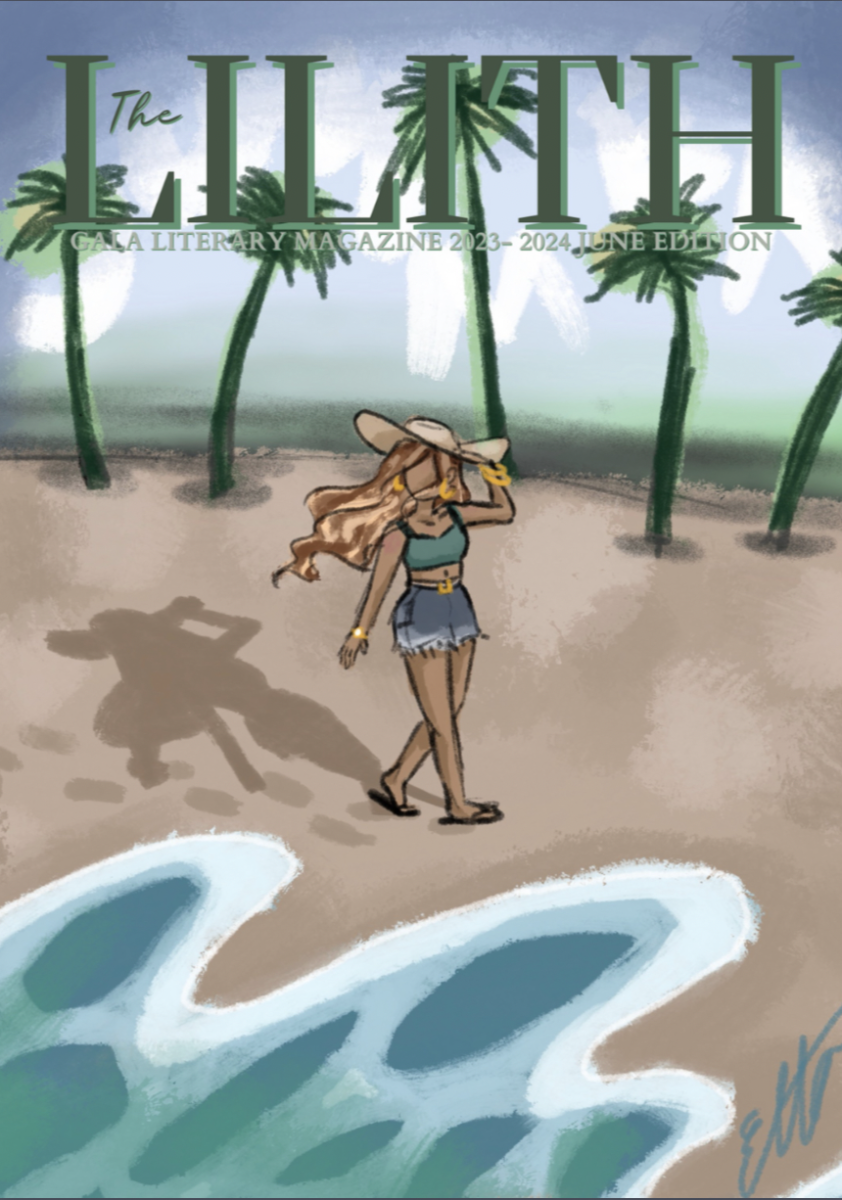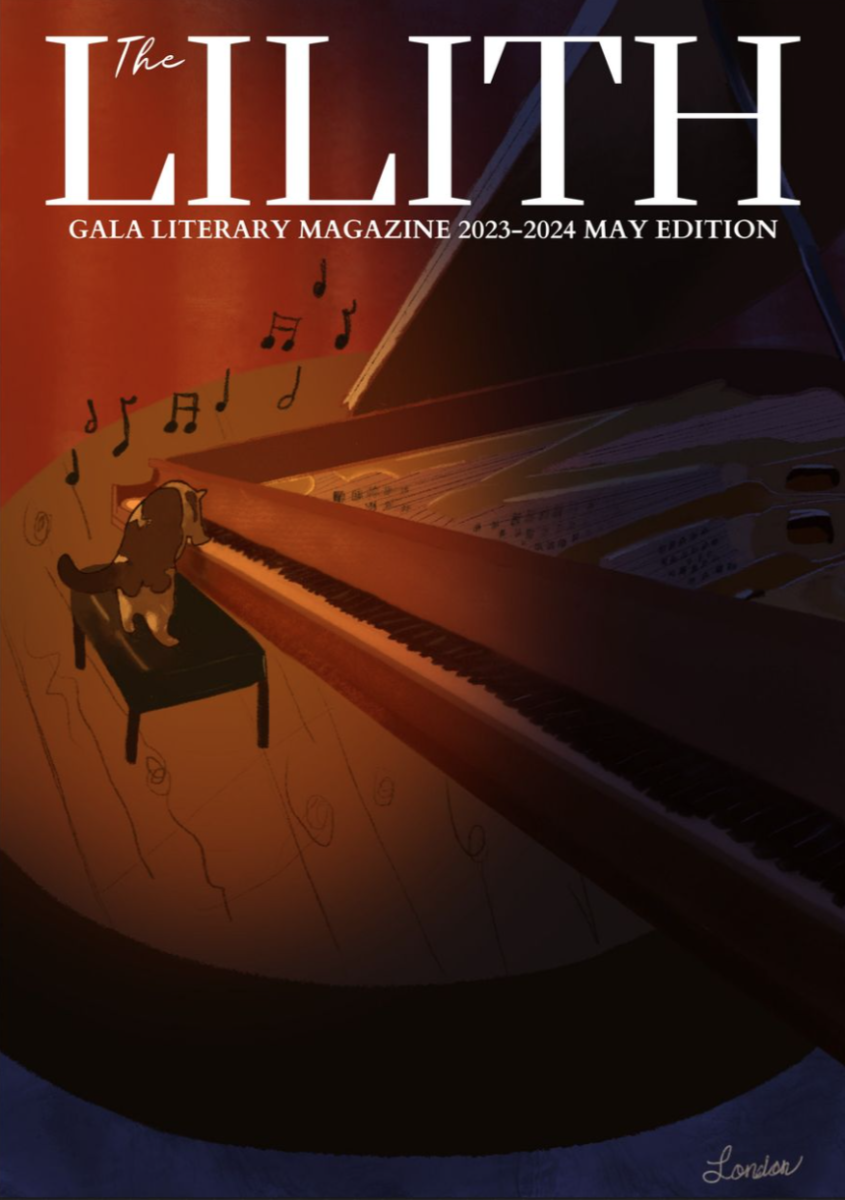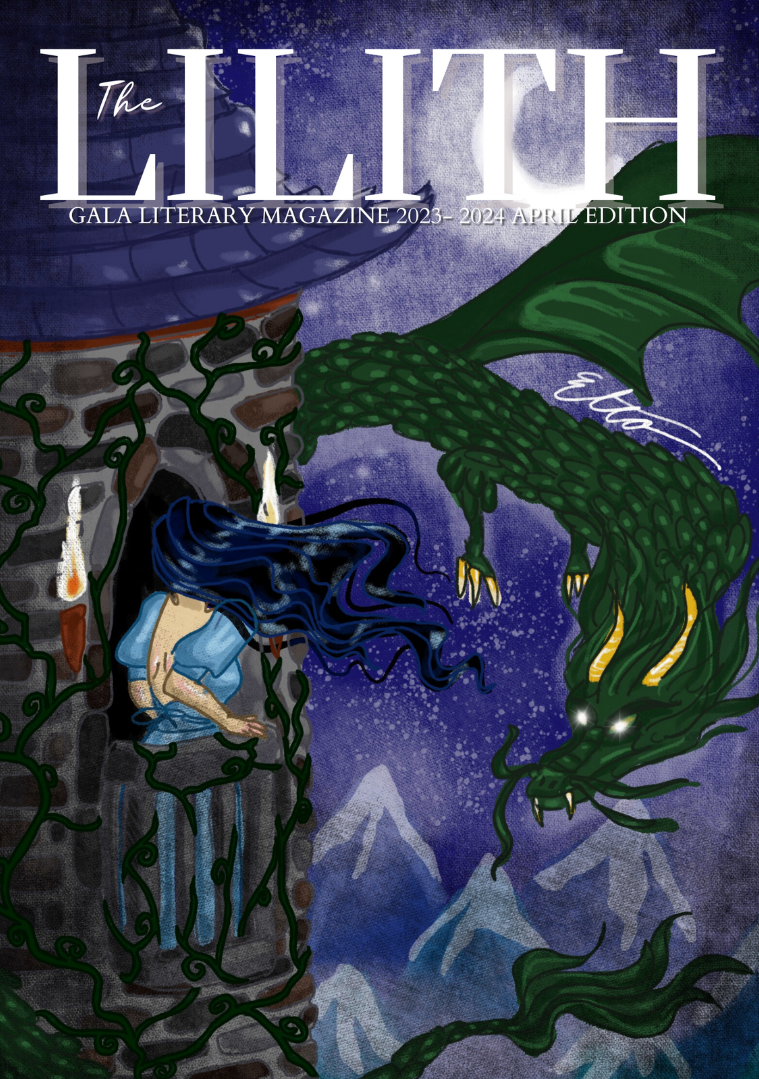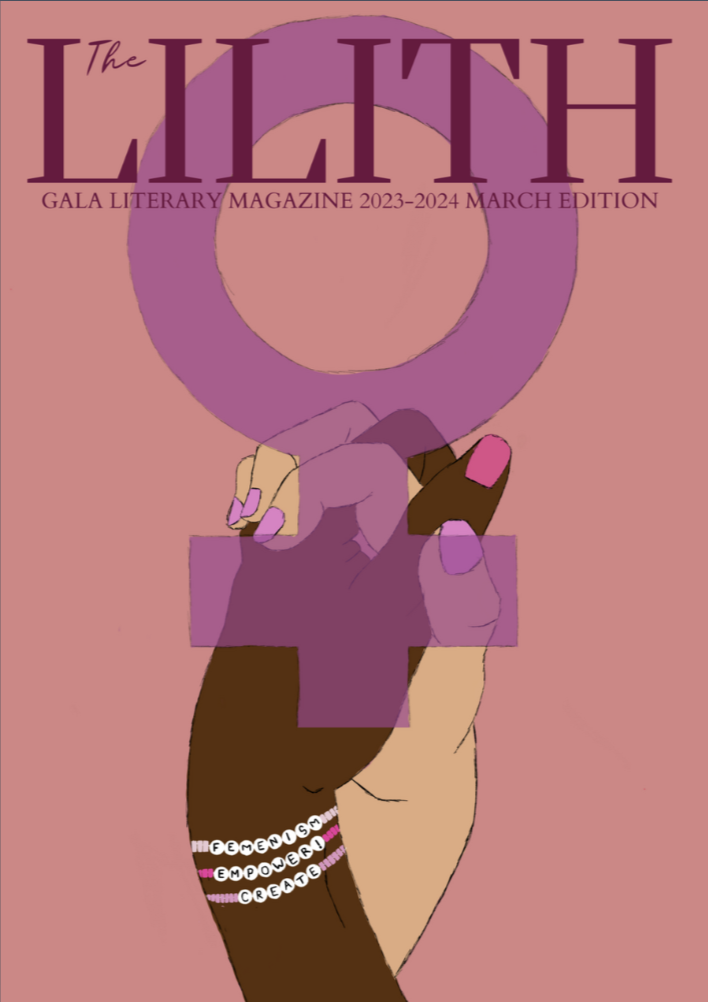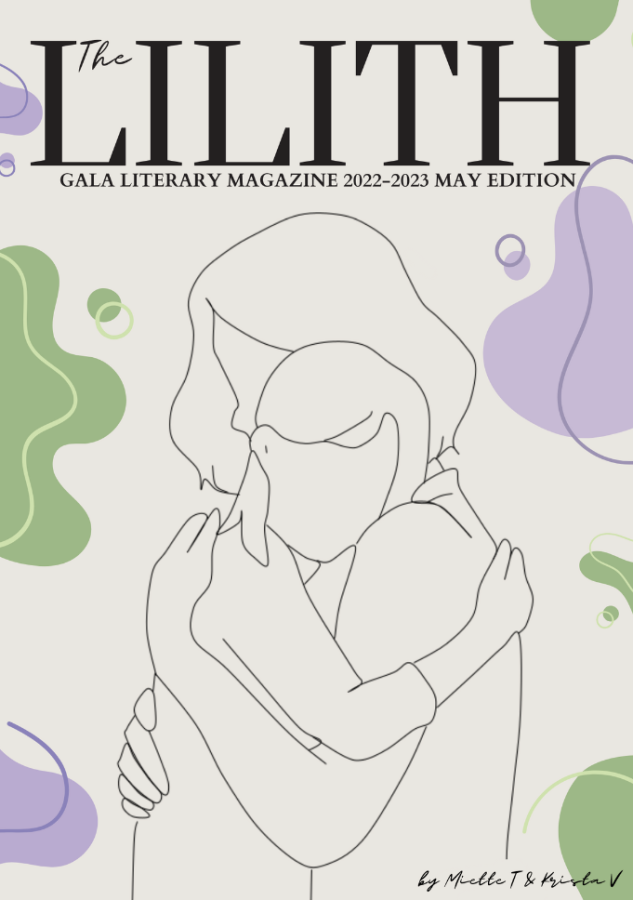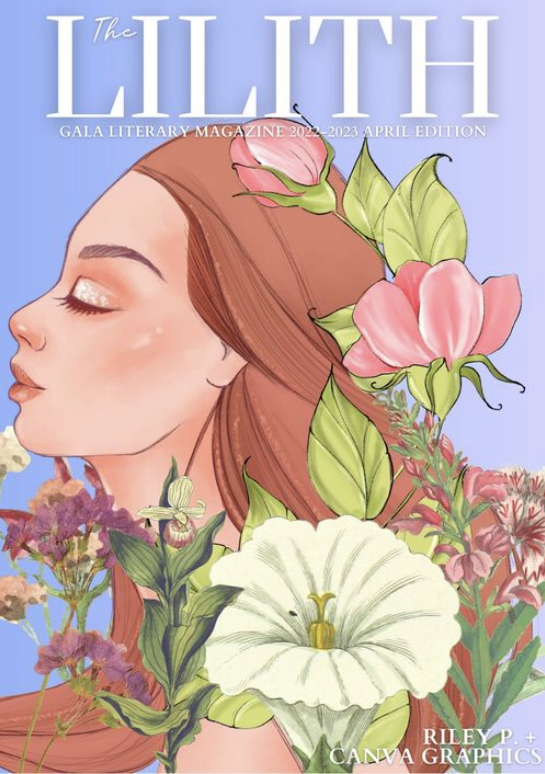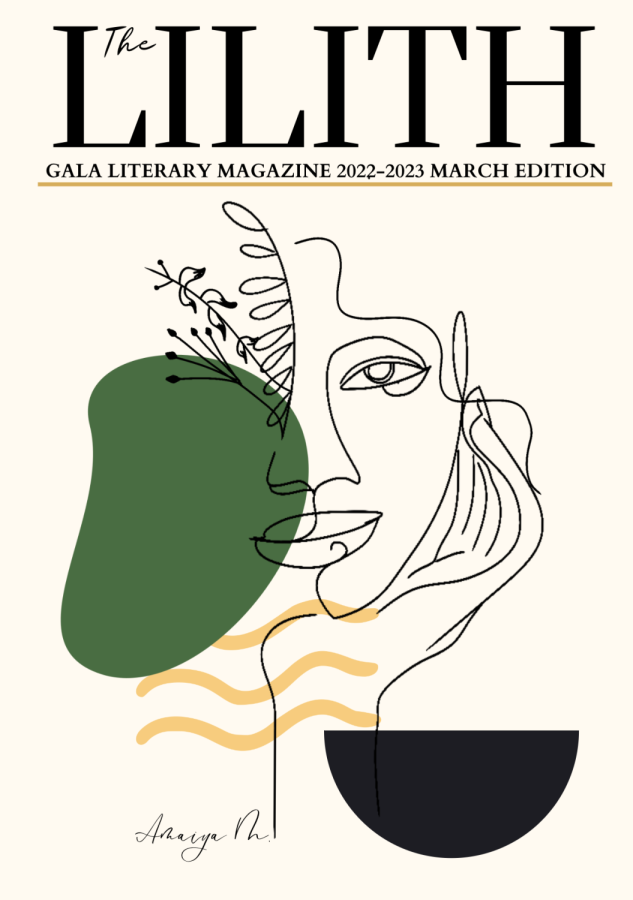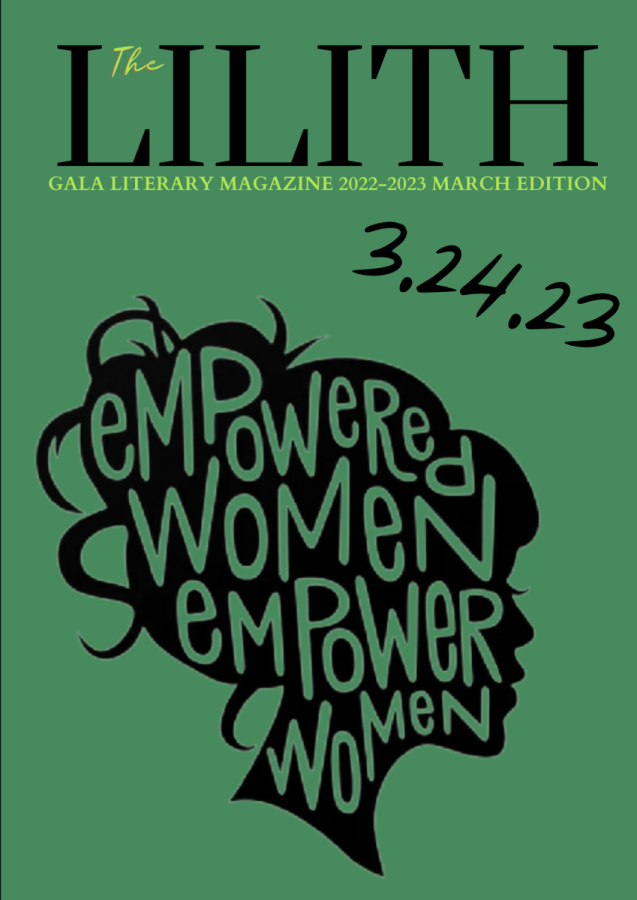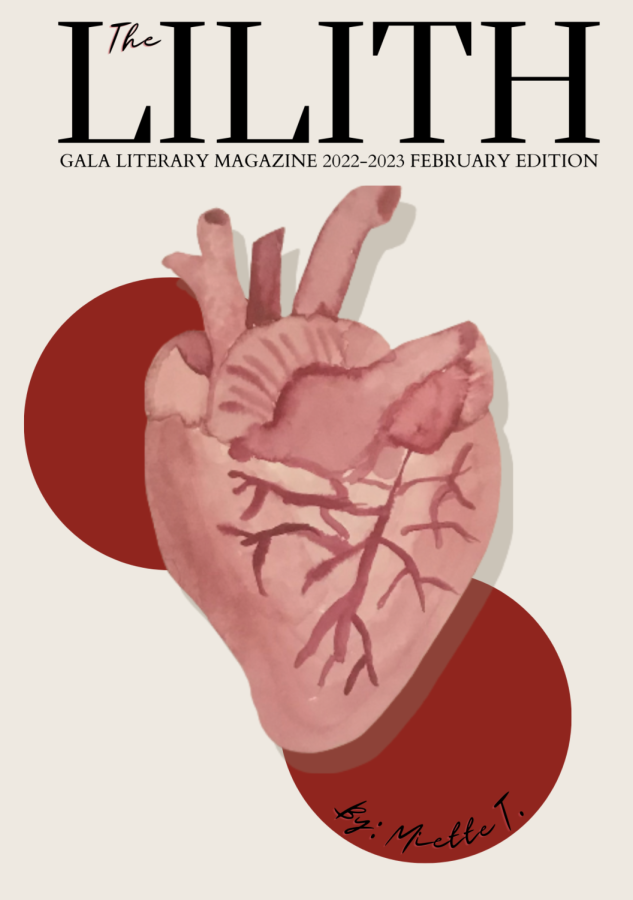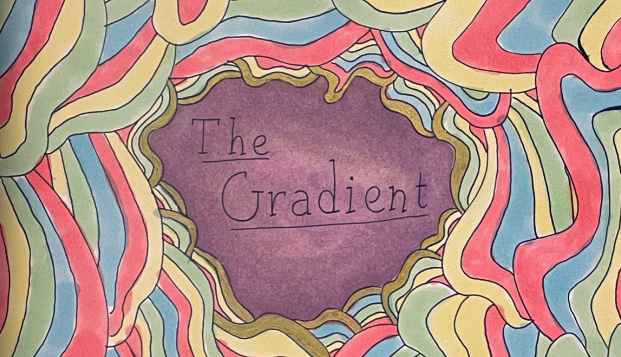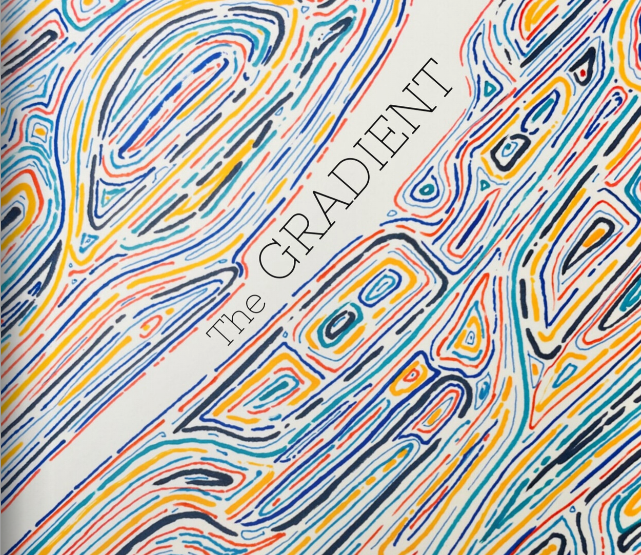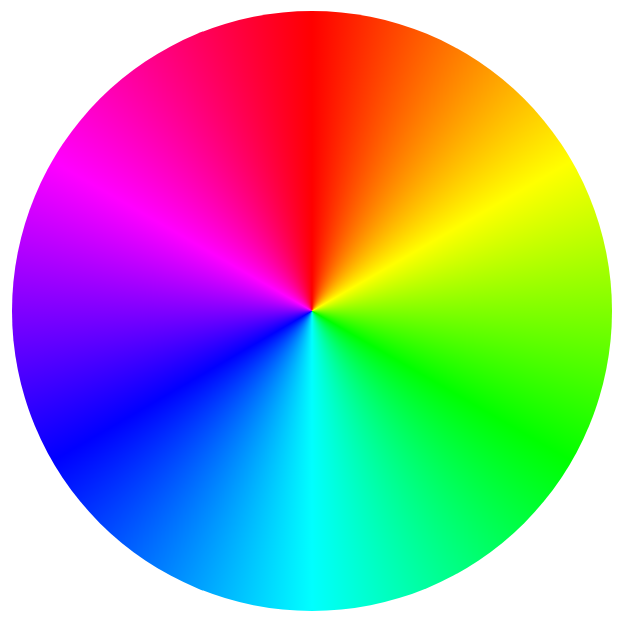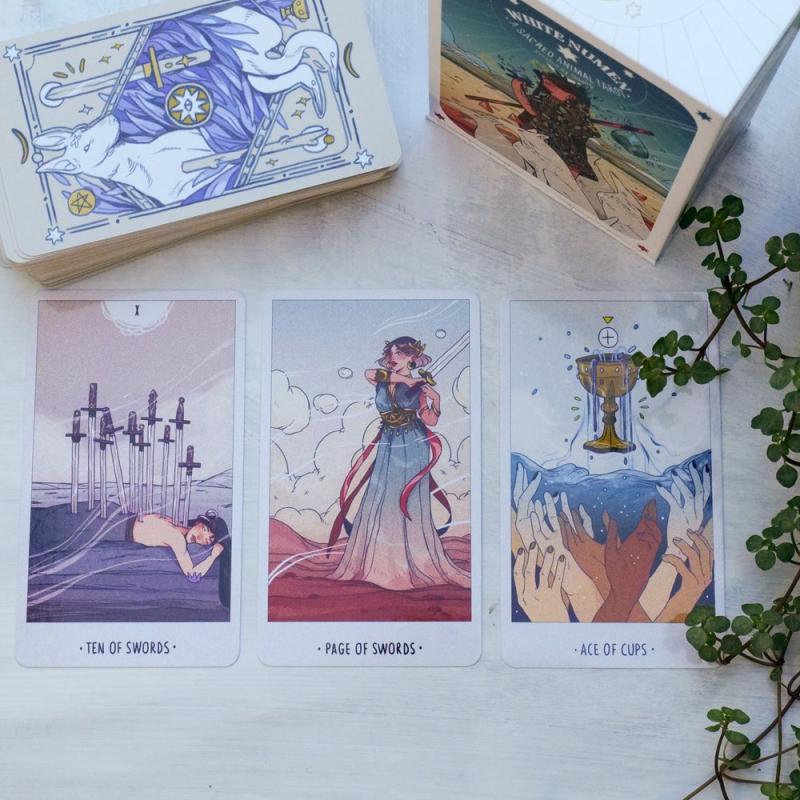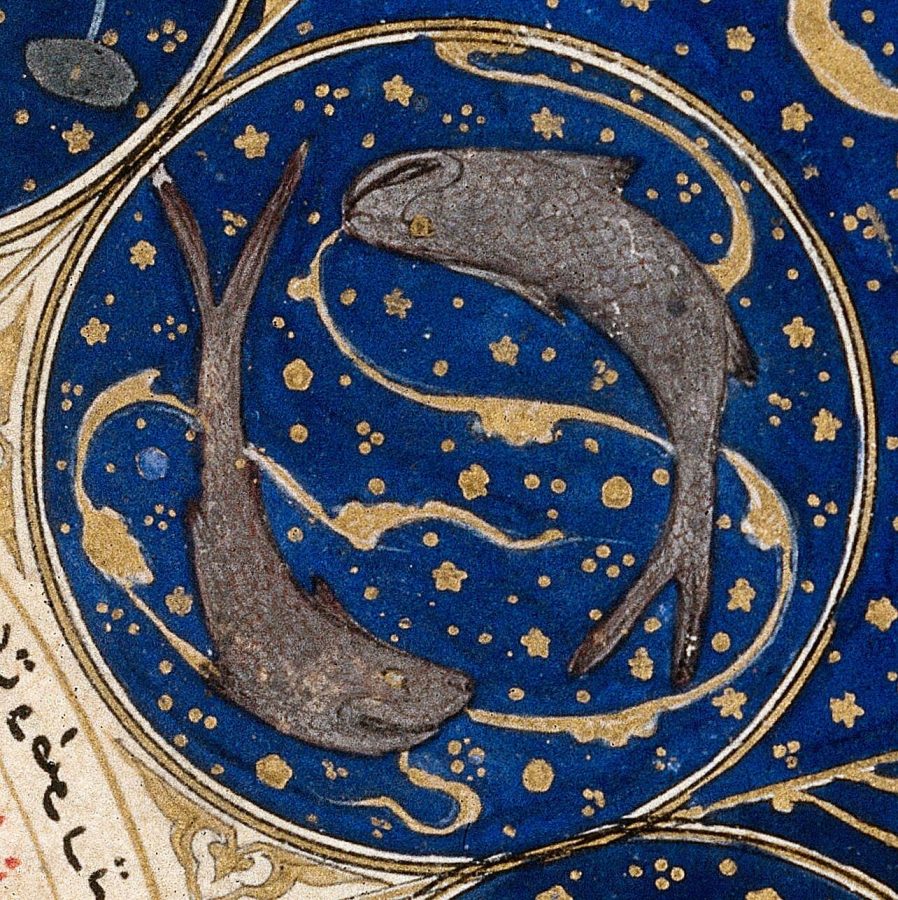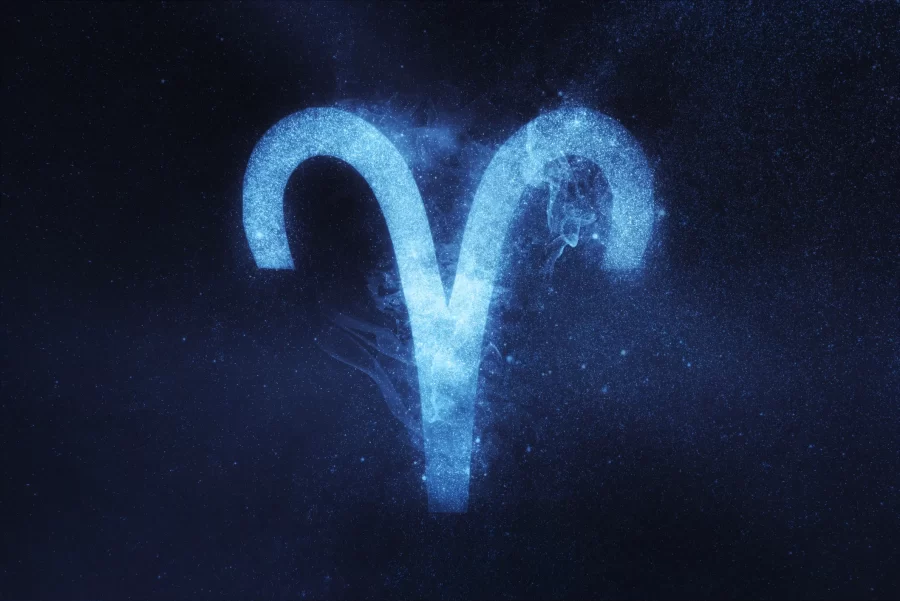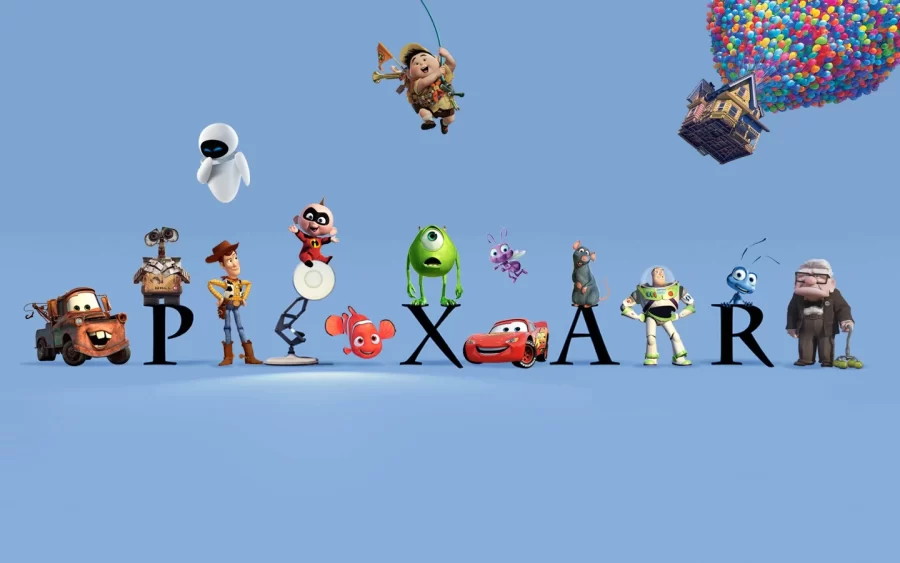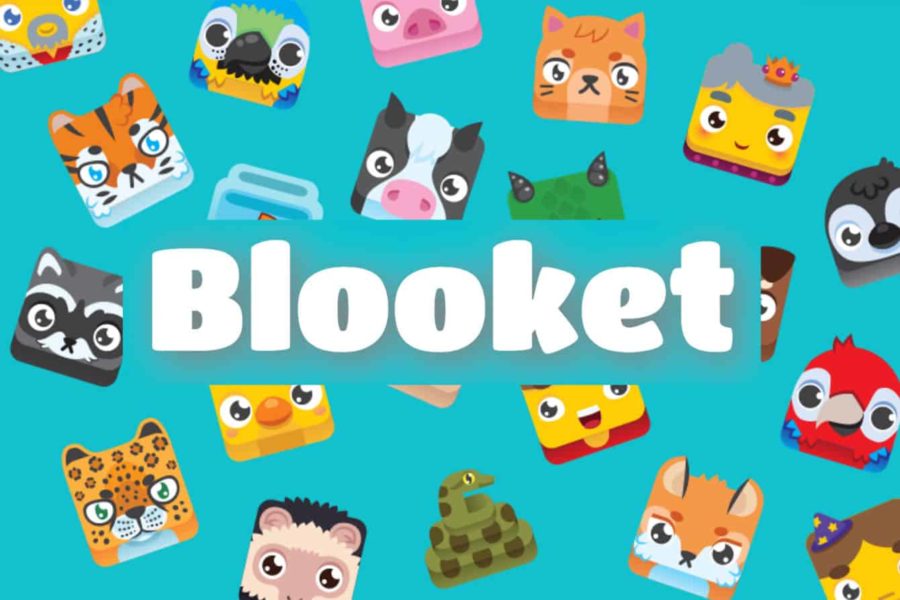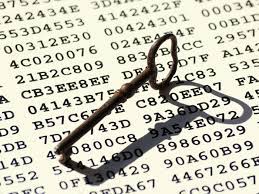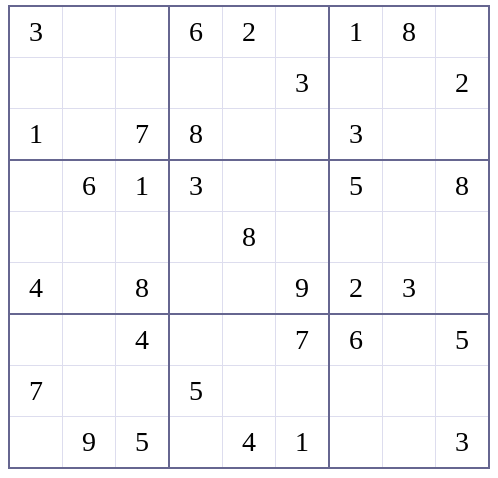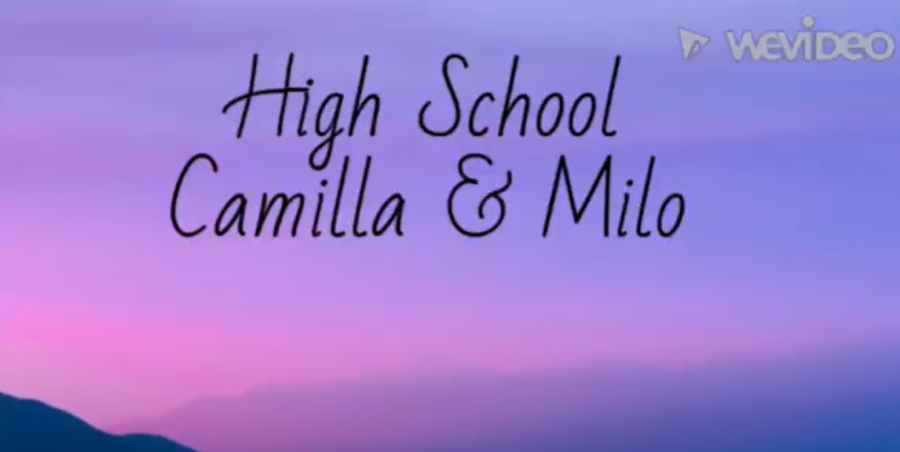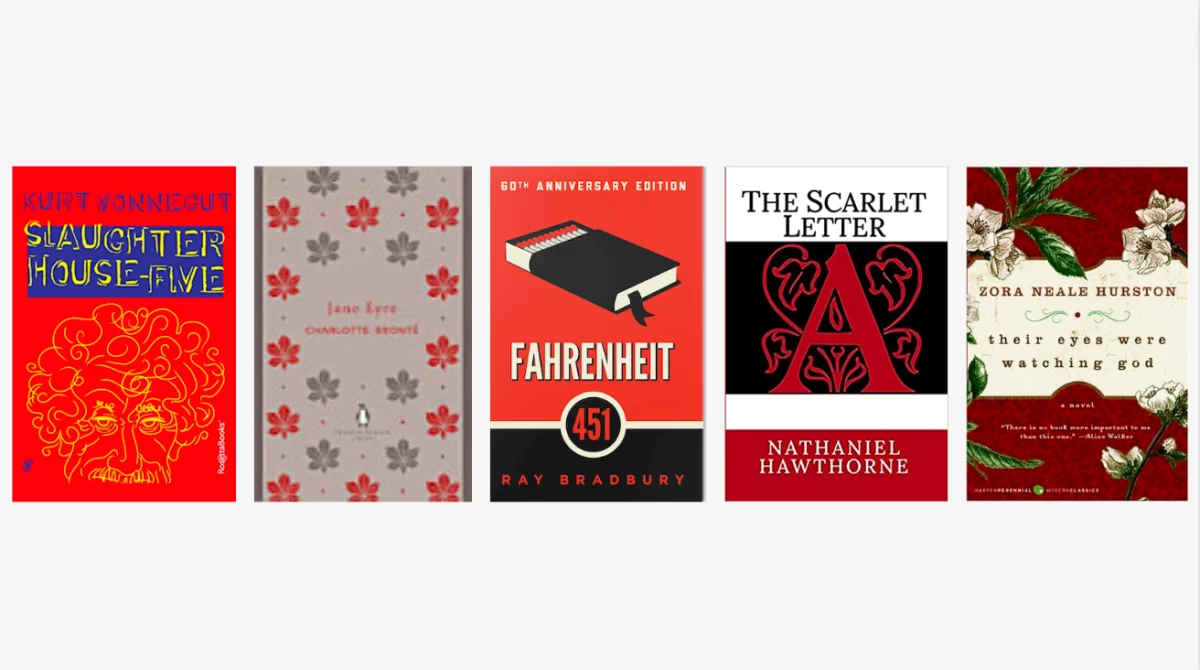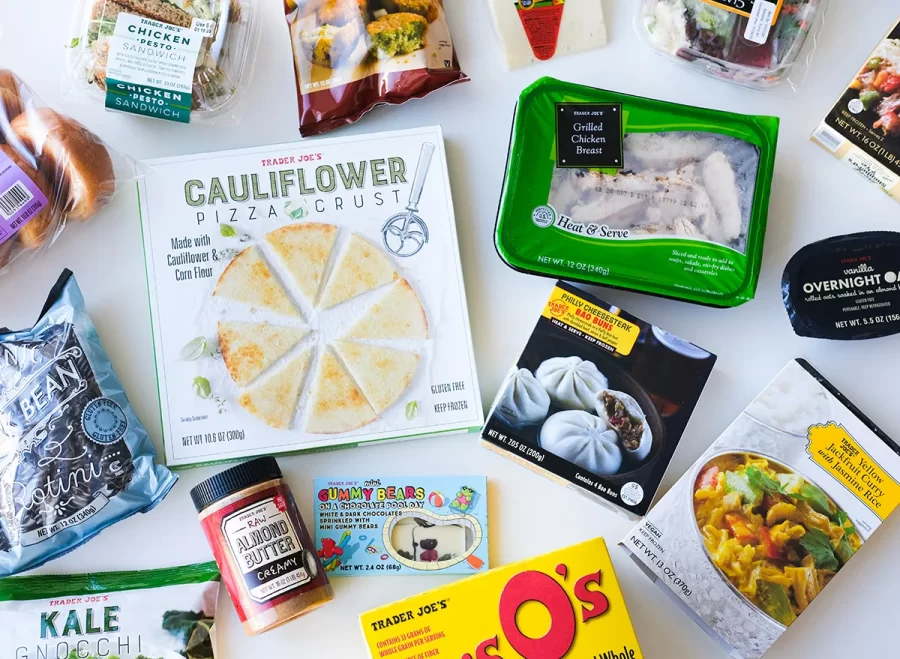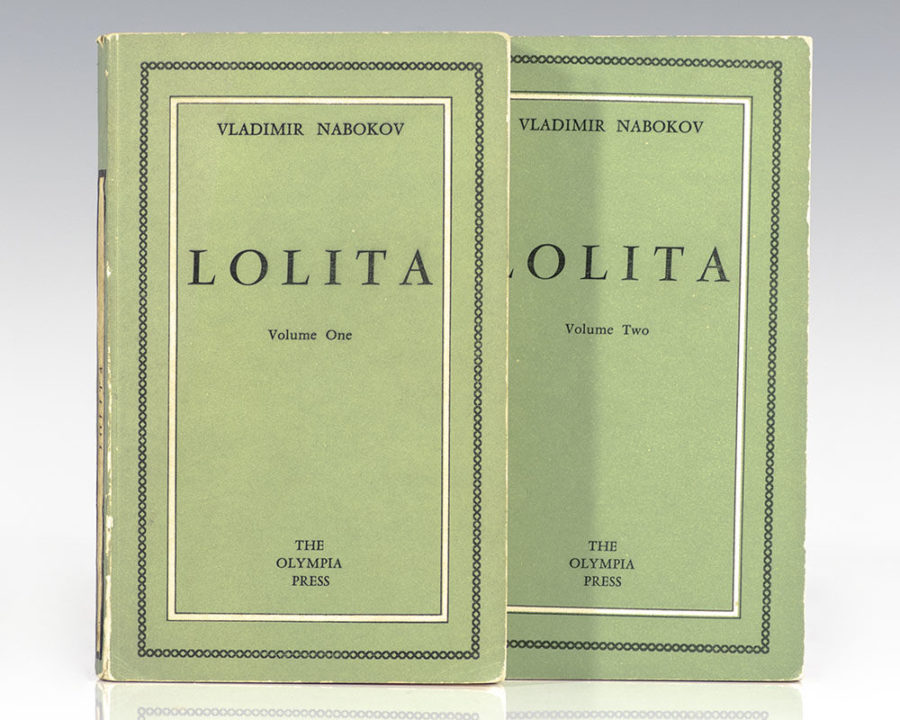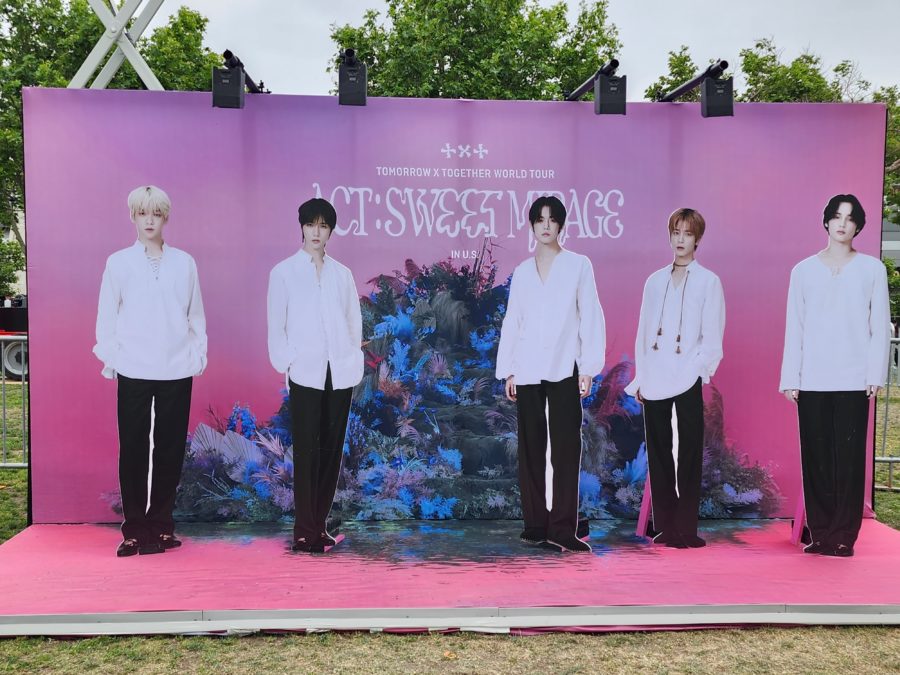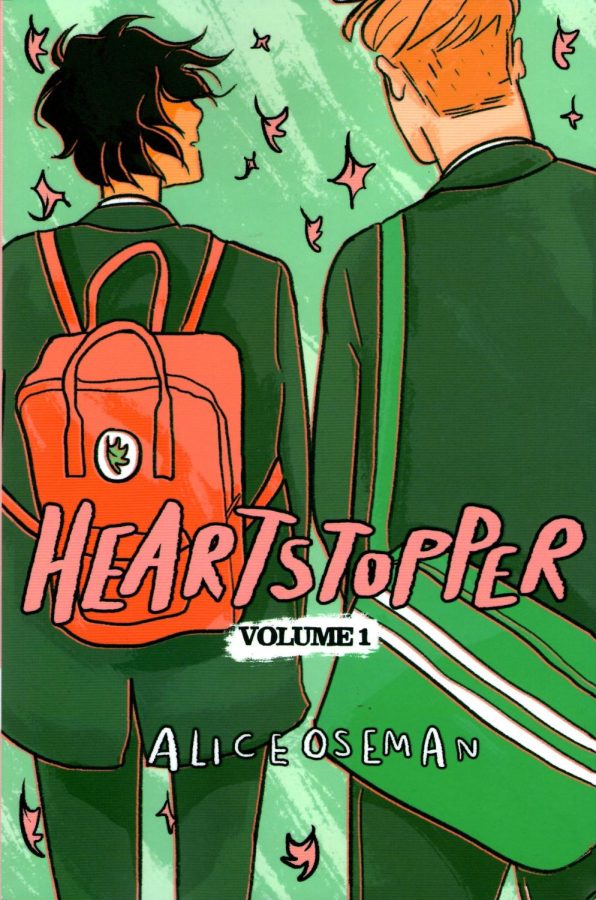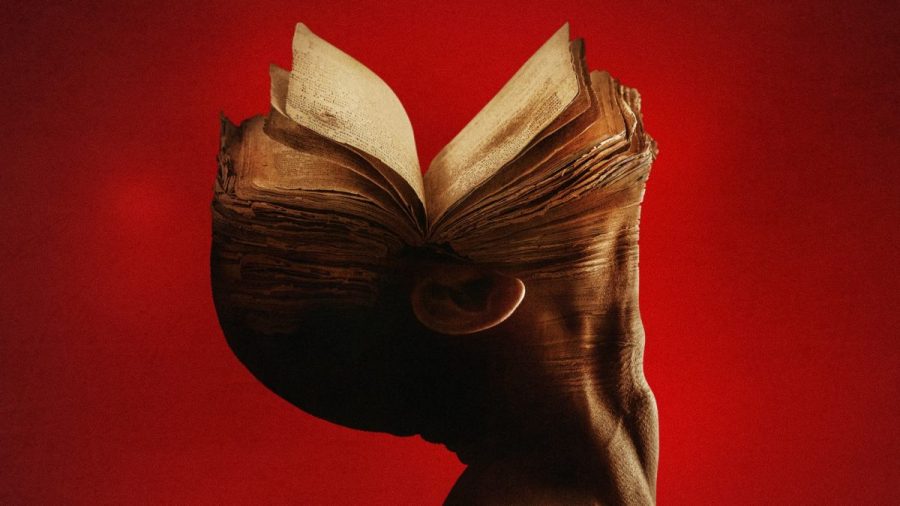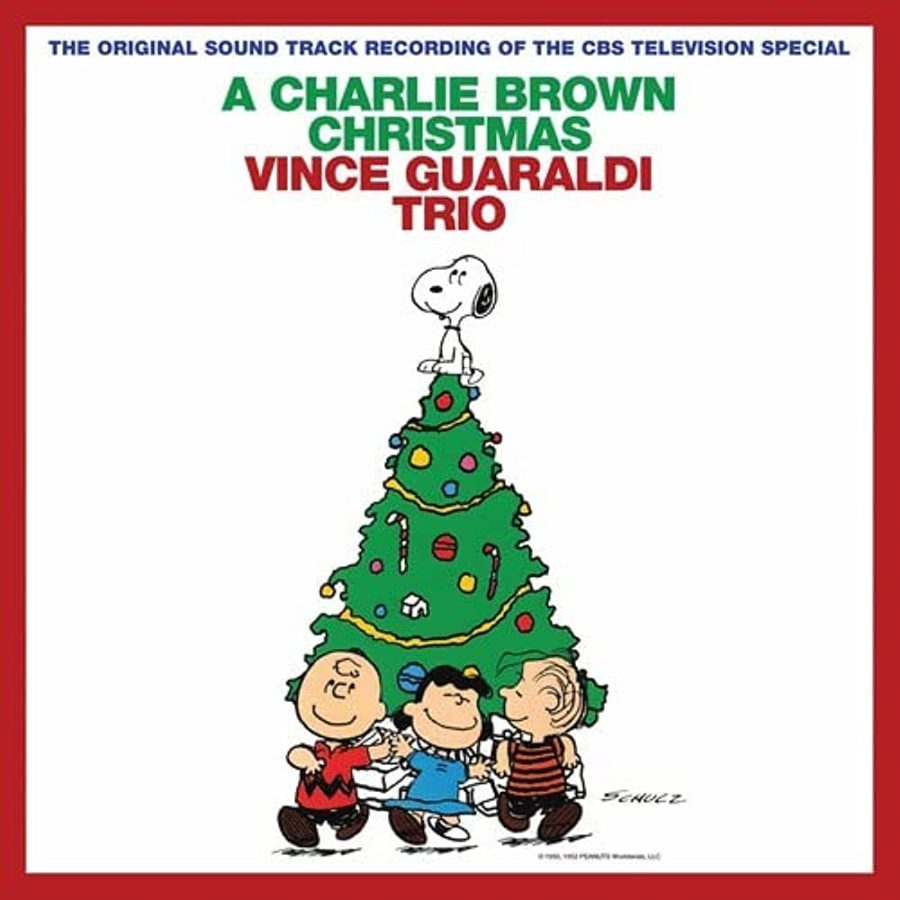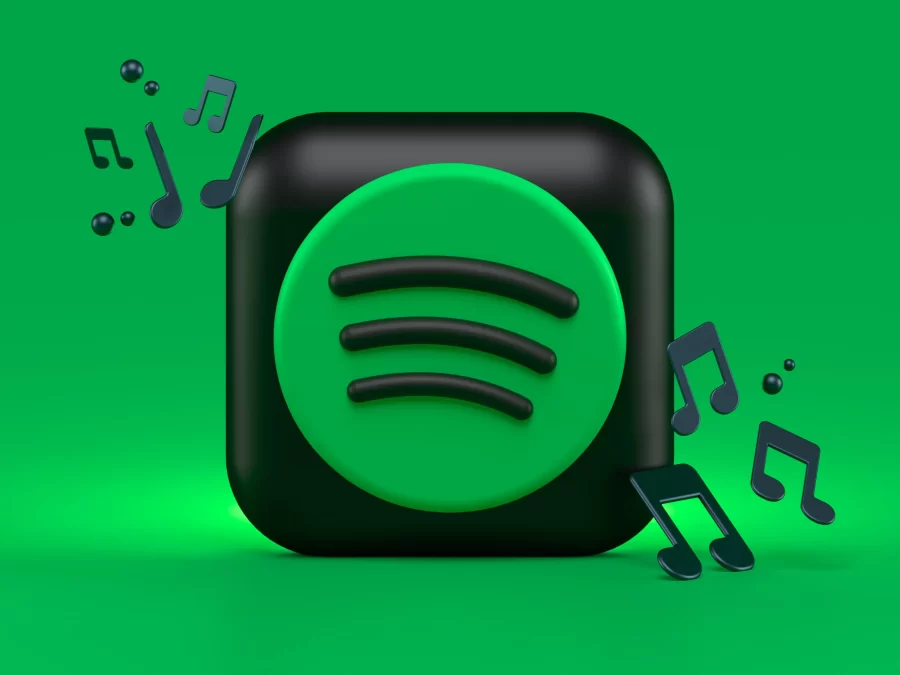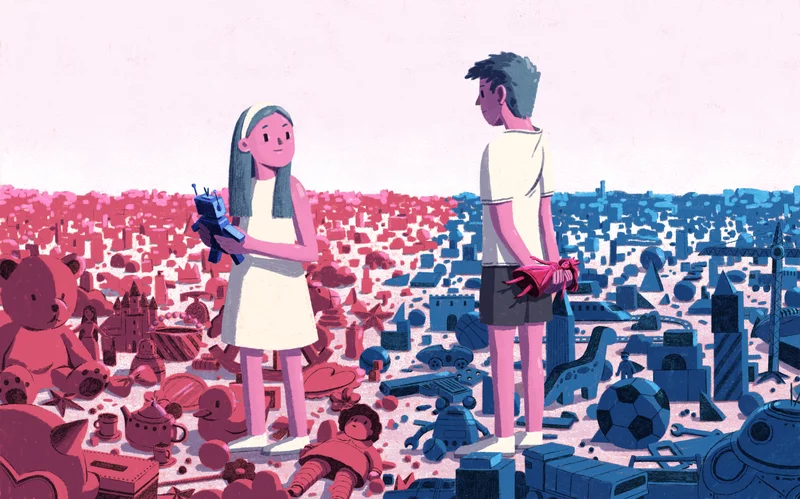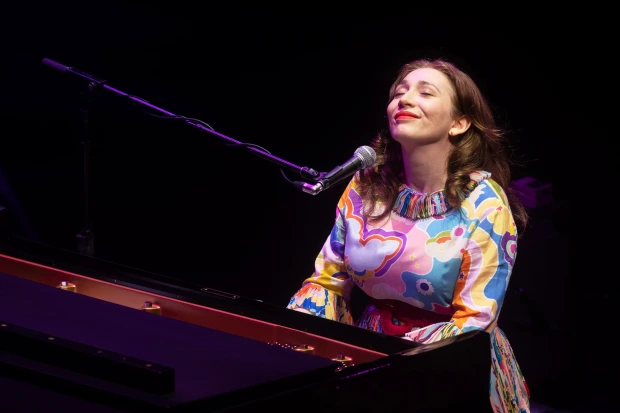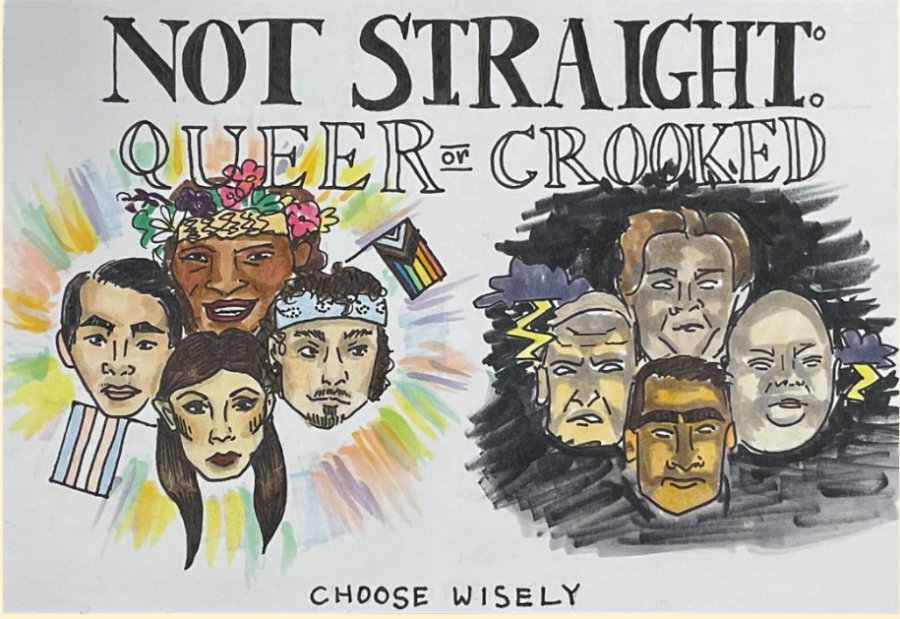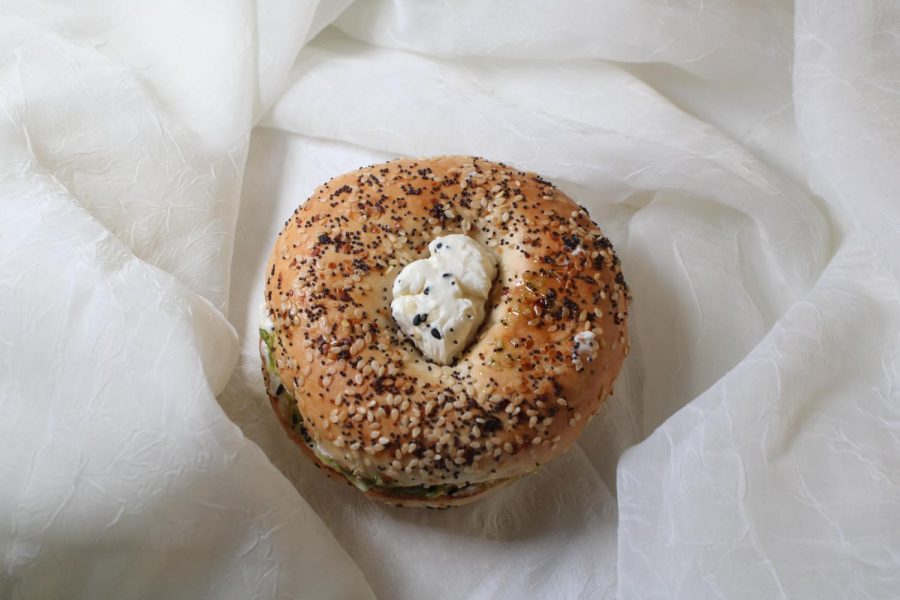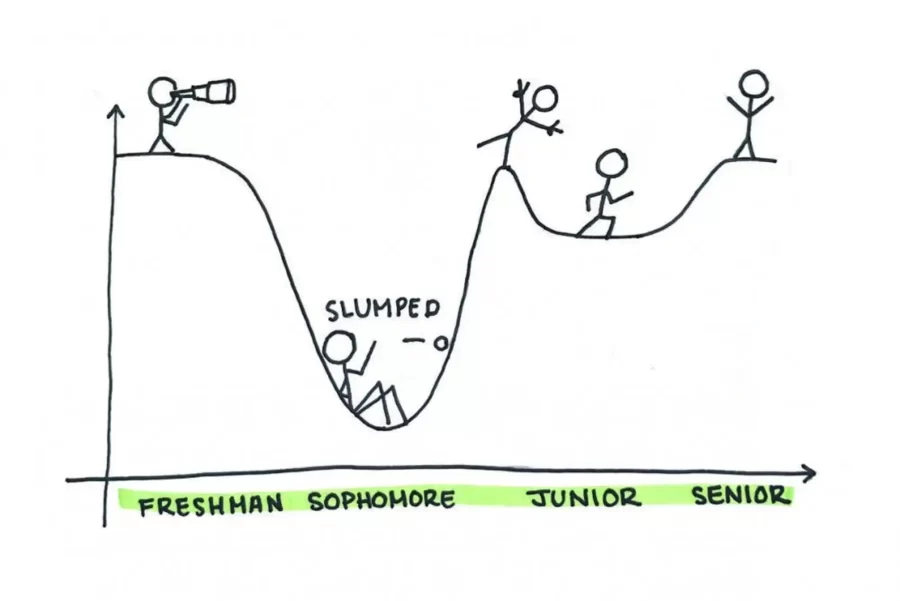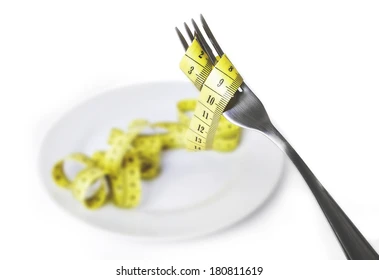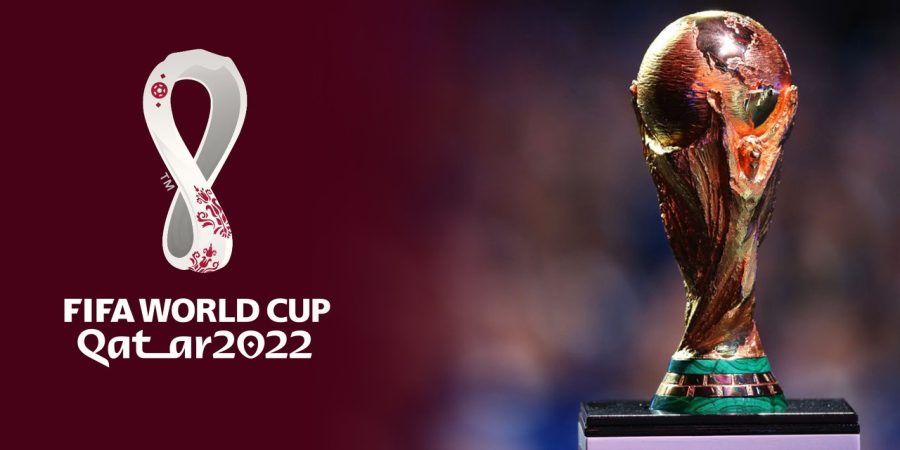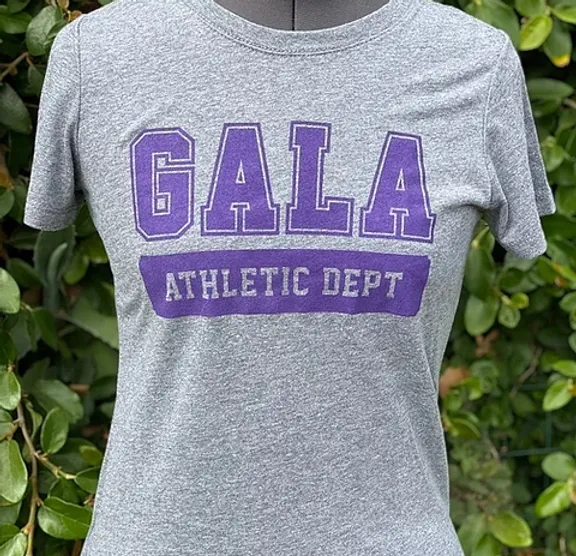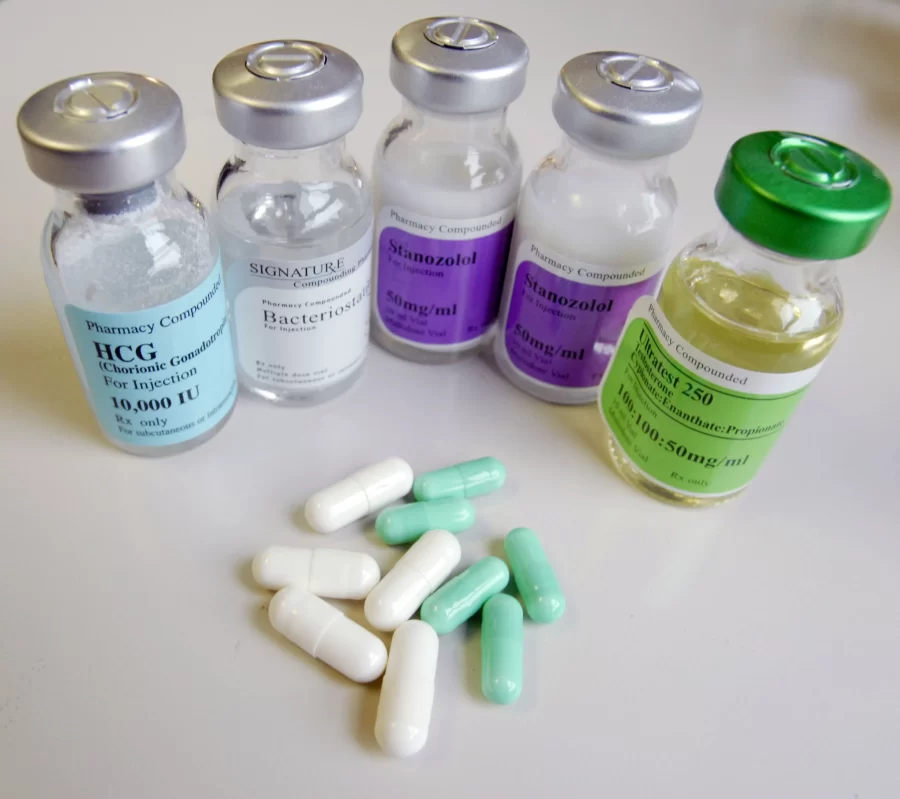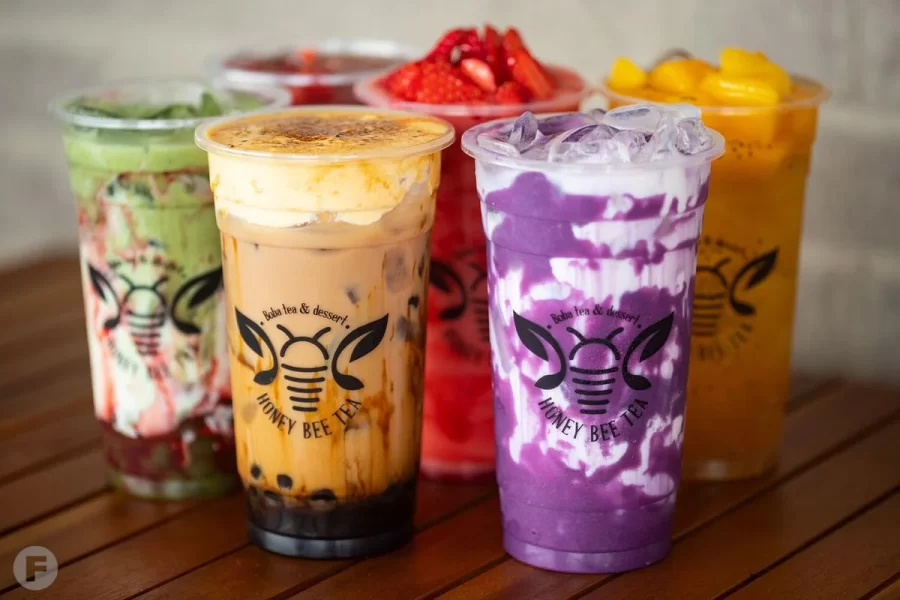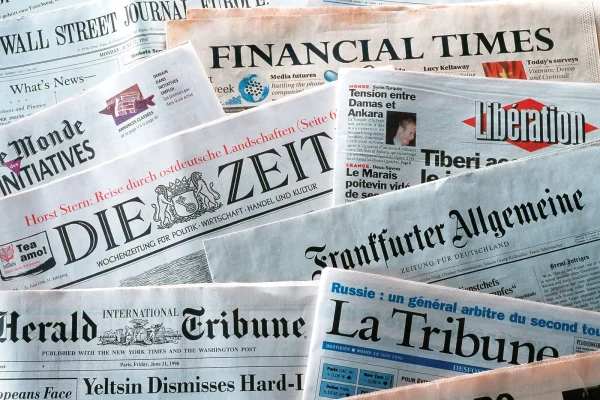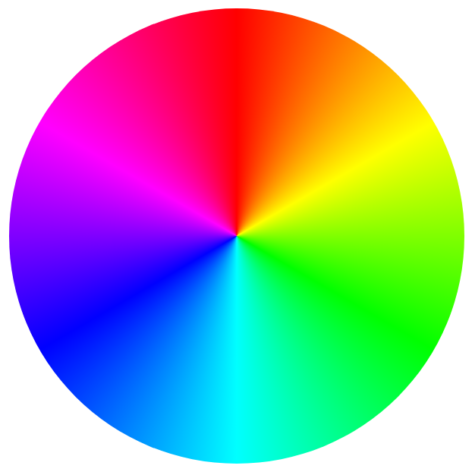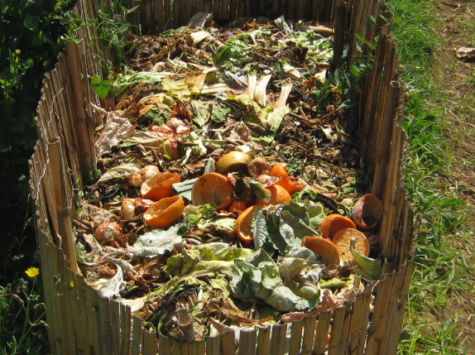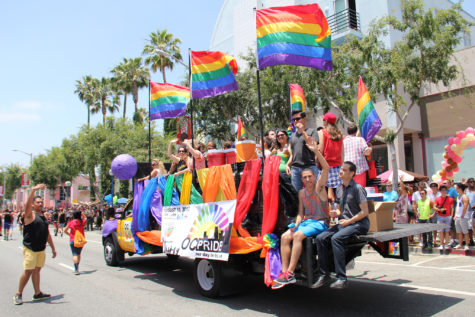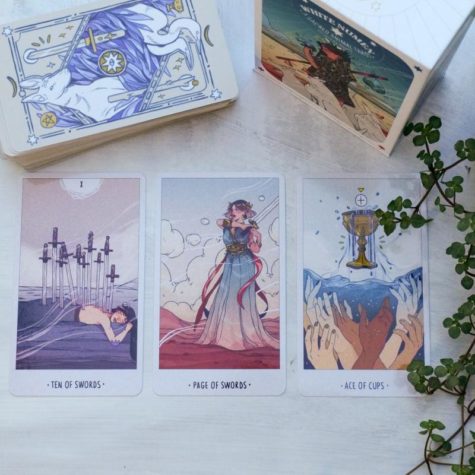Hot Takes on Boba from Your Two Favorite Bobaristas
We love summer. Not the part where our shorts stick to our thighs and ants follow our every move because someone left out a scrap of food once two months ago. Rather, we love summer for the food: the food truck festivals, the summer flavors, the seasonal menu items. Among the numerous refreshing drinks, snacks, and desserts are boba: small tapioca balls cooked to soft, chewy, brown-sugar-soaked perfection floating in potions of ice, tea, caramel, and fruit.
The origins of boba, though definitely created in the 1980s, have been the subject of frequent debate. By 1980, milk tea was already quite popular in Taiwan, and people were already prone to treat themselves to a lovely dessert of shaved ice and boba balls, also known as tapioca pearls. At some point, someone combined milk tea, shaved ice, and boba balls into one refreshing, delectable drink, and people all over the world have been grateful for this creation ever since. Many boba enthusiasts, however, still argue over who the actual creator of this beloved drink was. Just as important, boba did not become the staple that it is in the U.S. today until the 1990s. As the U.S. saw a surge in Taiwanese immigrants, so too did the country see a surge in the drink that populated Taiwanese night markets.
As bobaristas – trained masters of the blended drink, freshly brewed coffee, perfectly coated tapioca pearls, and precariously dispensed cheese foam alike – we’ve seen the good, the bad, and the very bad of boba drinks. And, so, whether you’re a boba expert looking for a new go-to drink or a novice hoping to embrace the summer air and try your inaugural layered delight, allow us to put our hours of learning the art of the whimsical caramel drizzle and vigorously shaken milk tea to use and recommend the drinks that, in our professional experience, are worth giving a chance.
The Hong Kong Latte is a great alternative to regular milk tea. Smoother and creamier than normal milk tea, this drink is a great option if you want to stick to the basics of milk tea while still feeling a little adventurous. The Strawberry Matcha Latte is also a wildly popular drink that is a frequent weekend purchase for many but an acquired taste for some. If you’re not someone who typically enjoys the taste of green, earthy matcha or pureed fruit, then this latte probably won’t delight you as much as it does others. Ordering a milk tea that isn’t just the original milk tea is an additional way to spice up your drink choice, and if you’re someone who favors black tea, getting an Earl Grey Milk Tea is a delicious way to do this, as it sticks to your flavor palette while adding just a touch of something new and different.
In terms of drinks to steer away from, anything that seems too out there probably is. If a drink looks gorgeous, with six different layers spanning across three texture profiles, it probably won’t taste that way. Especially dangerous territory are fruity and floral drinks, even more so if they’re not the type of thing you normally are keen on. The purees that are often key players in these drinks tend to be pulpy and resistant to mixing in with the milk or tea layer, leaving you with dimly colored sludge vaguely reminiscent of fruit. Similarly risky is coconut milk, which, though glossy and aesthetically inspiring, tends to be overpowering and slightly bitter.
Worse than any coconut milk layer, however, are certain boba faux pas that we can certify will sabotage your drink. The main boba typo, if you will, is ordering drinks – especially complex ones – without ice. We get it: drinks are expensive, and when they’re half-ice, every time you have to reorient your straw to find liquid amongst the field of ice cubes is a stab to the heart. In some cases, such as if your drink is lemonade or a simple coffee, ordering no ice is a cost-effective way to maximize the cup’s fluid ounces. But, if your no-ice order is multi-layered or made to order, the extra space that ice takes up isn’t normally filled with more matcha or boba. Rather, water, milk, or some other space-filling, flavor-diluting topper is added, because employees usually don’t have the authority (or energy) to otherwise alter or scale the multistep recipes of complex drinks. Similarly, ordering numerous toppings tends to mess up the ratios of the drink components – and so, while you should absolutely order to your heart’s desire, know that a matcha latte with boba will have no less than five times as much matcha latte as a matcha latte with boba, grass jelly, lychee, and cheese foam.
While ordering the actual sugary tapioca balls may not be everyone’s cup of tea, it’s important to remember that boba cafes can still make delicious drinks that can always be ordered without the boba itself (or with an alternate chewy topping, which you can often request a sample of). With summertime fast approaching, it’s clear: it’s time to ditch (or at least put on hold) your normal order of an iced coffee, and instead, seek out your local boba shop – and its hilarious, gorgeous, advice-dishing (and for free!) bobaristas.
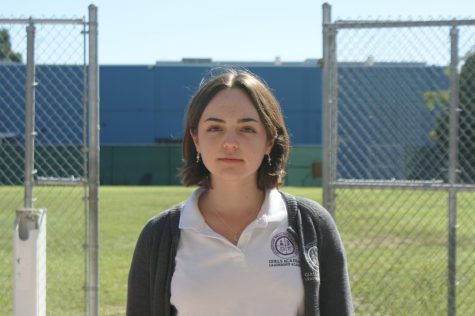
Quincy Rane is a senior at Girls Academic Leadership Academy. She is in her fifth year of journalism and is currently the Co-Sr. Editor-in-Chief for The...
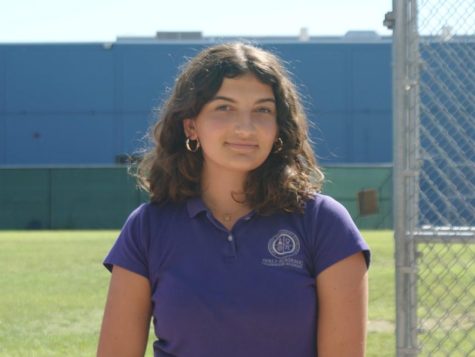
Maya (she/her) is a lover of historical fiction novels, cherry tomatoes, and all things coffee-related. When not writing, you’ll likely find her debating...
